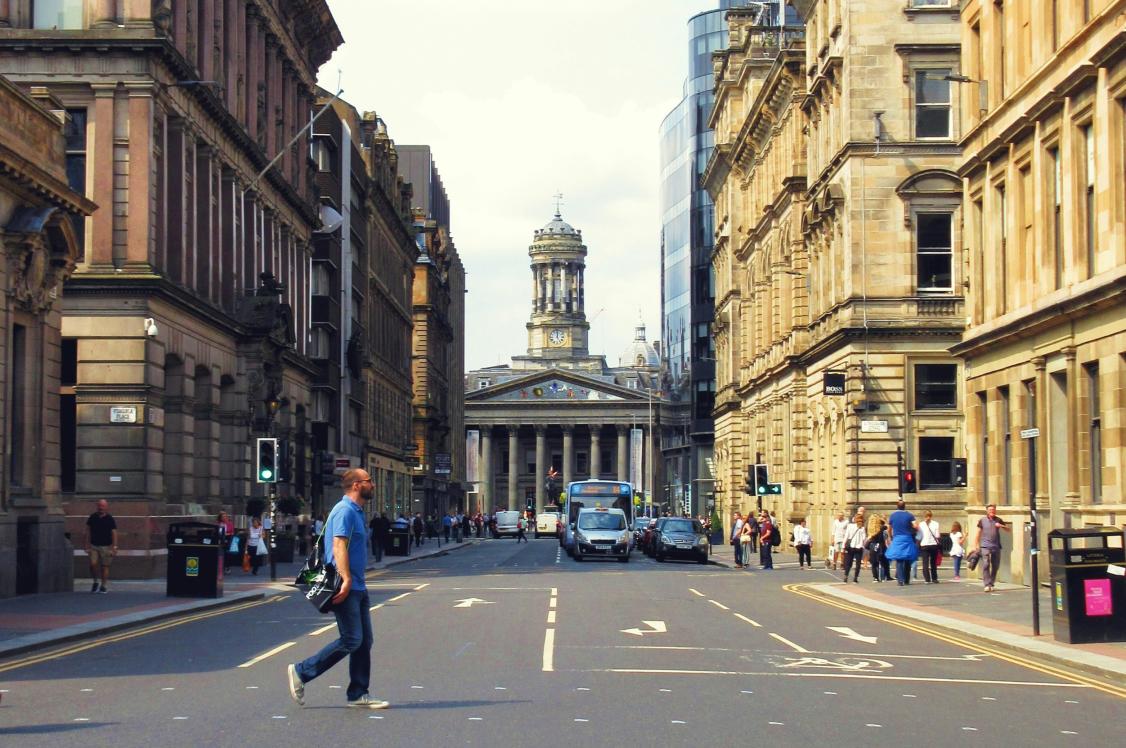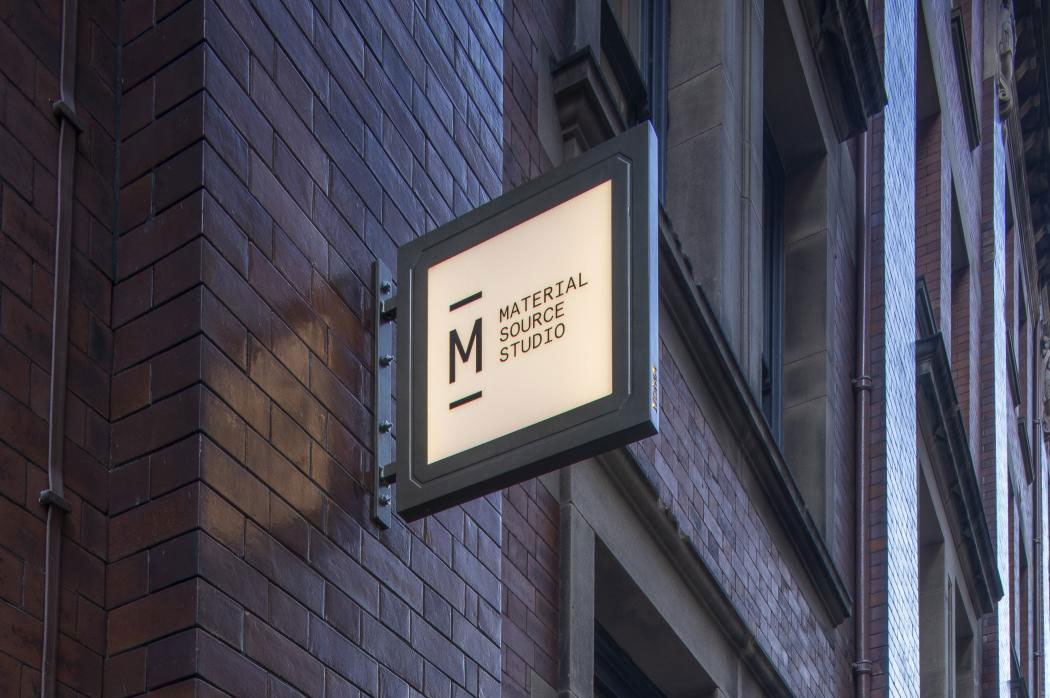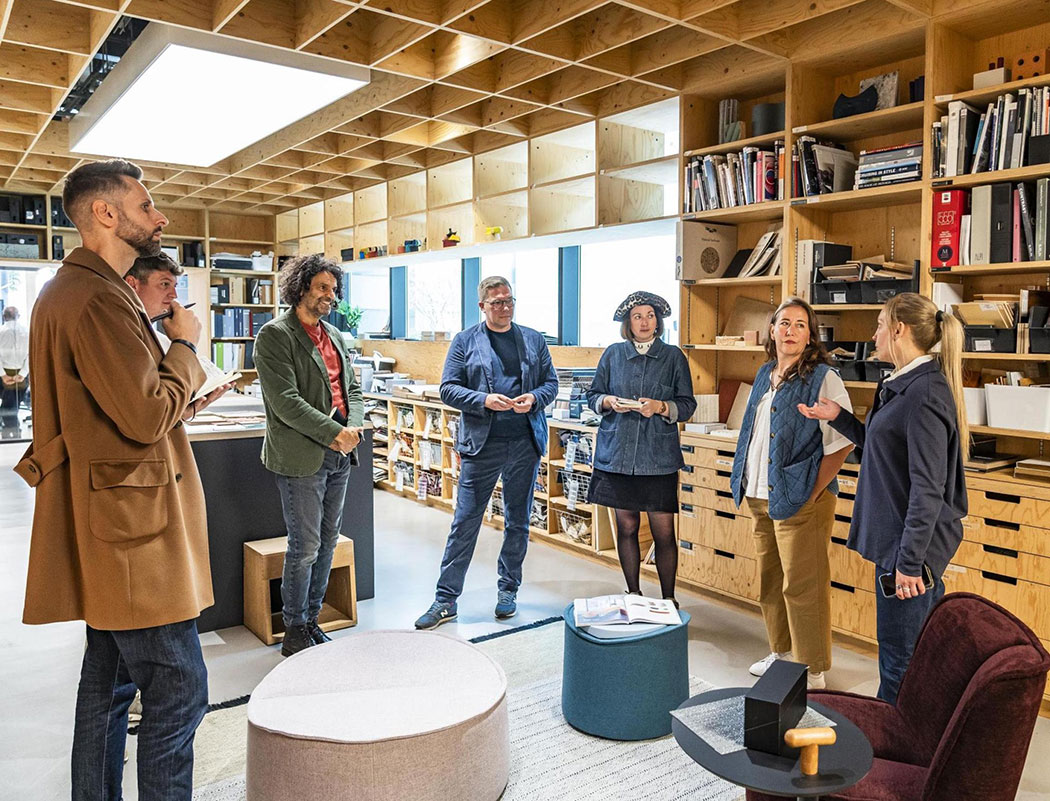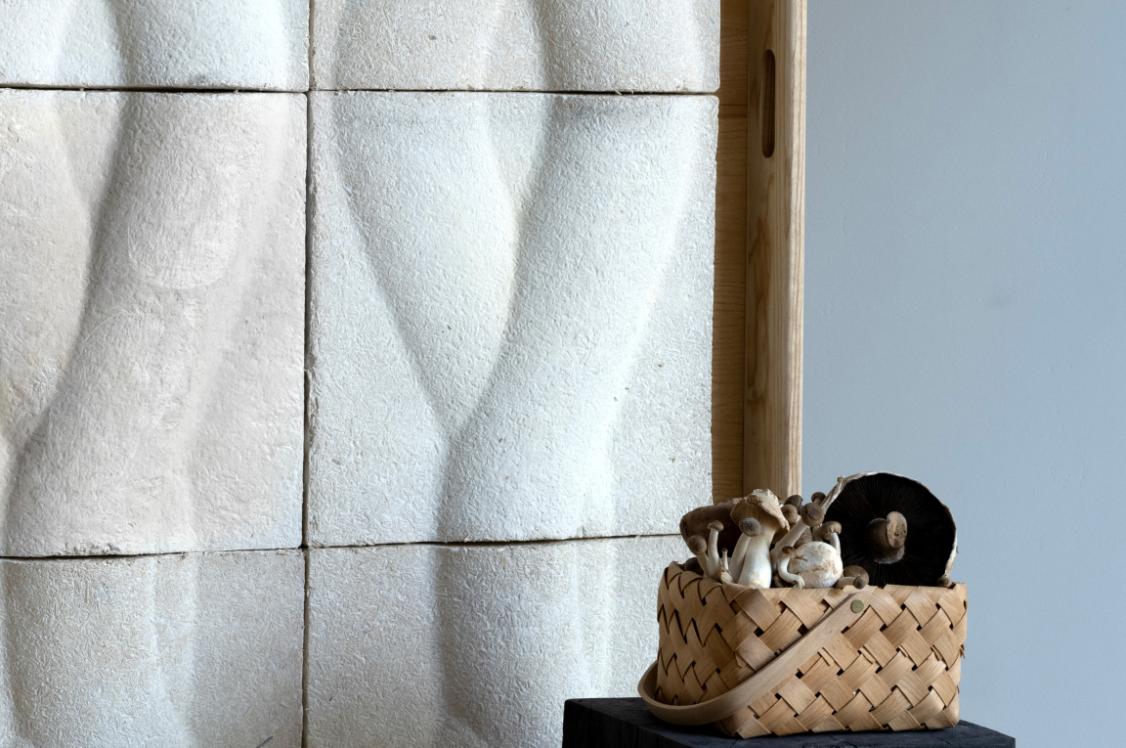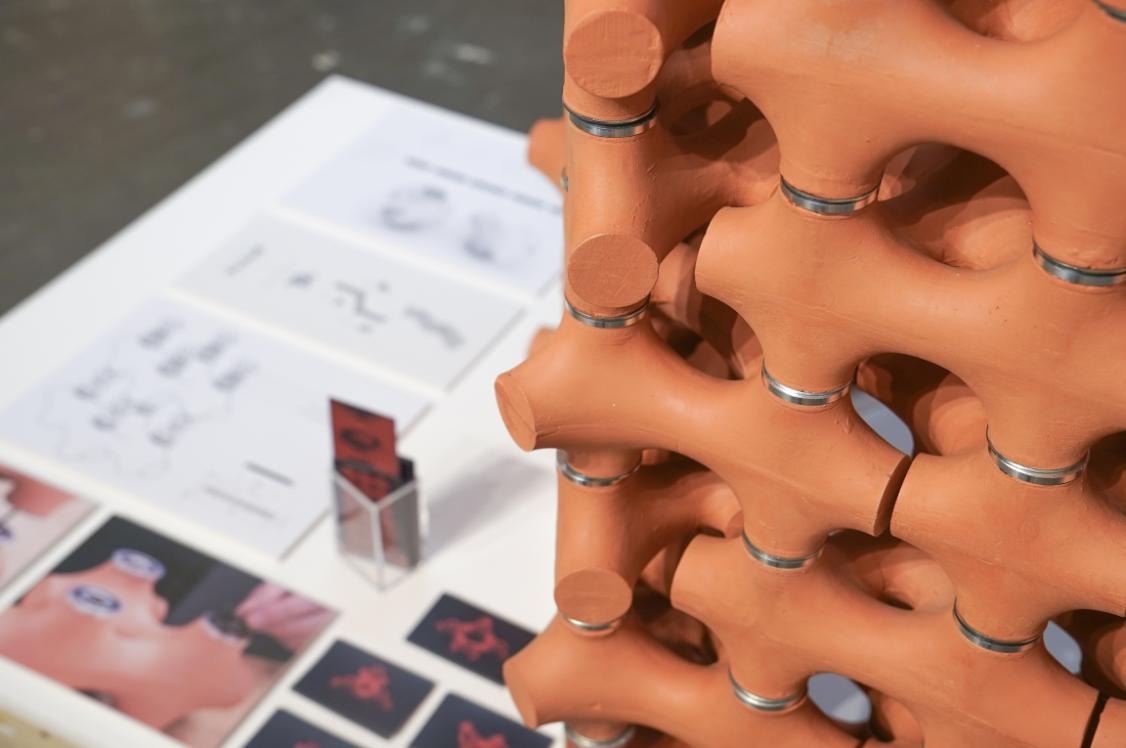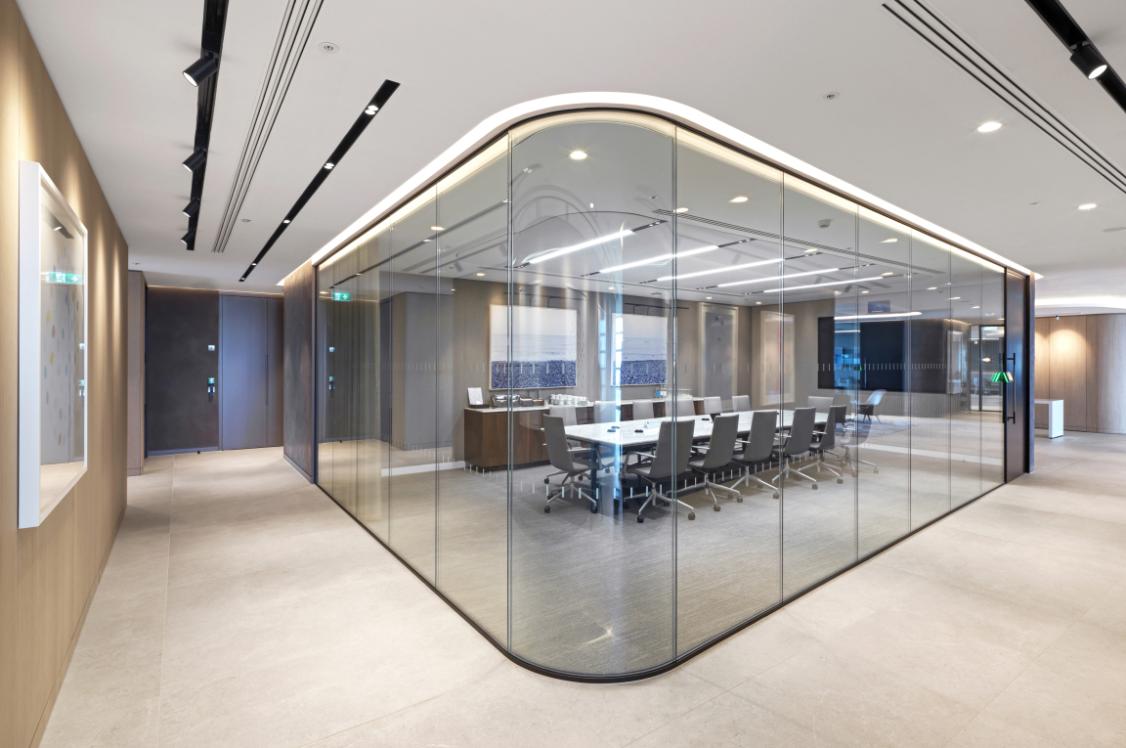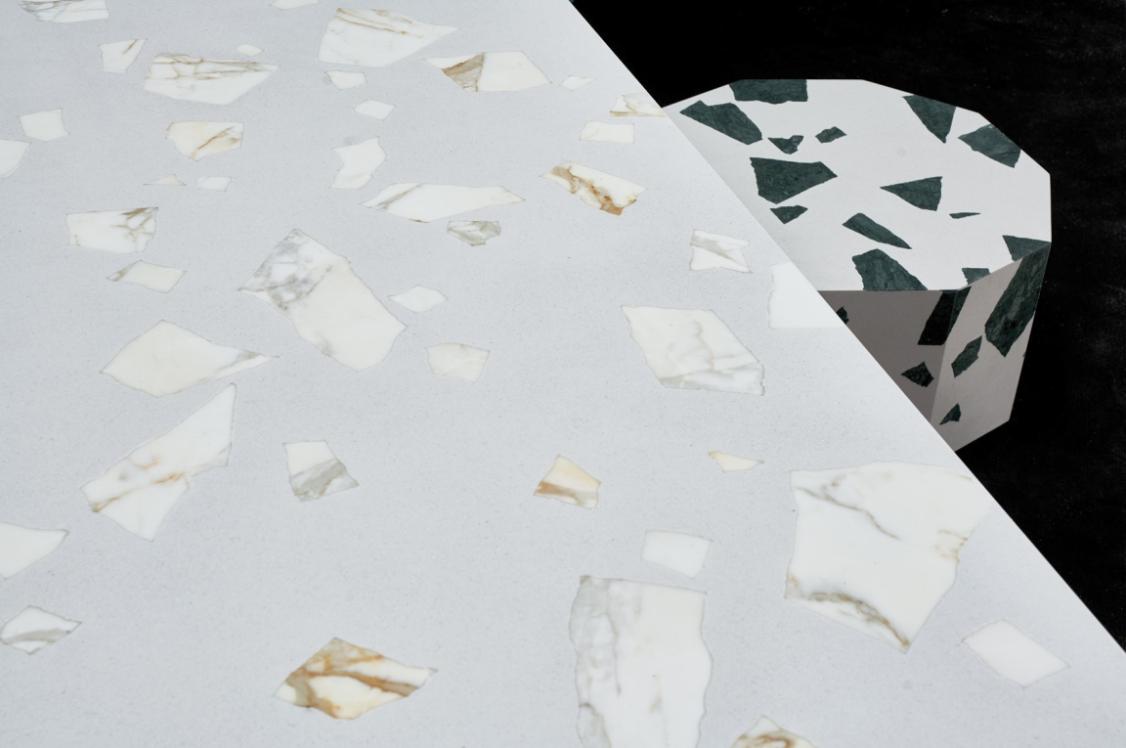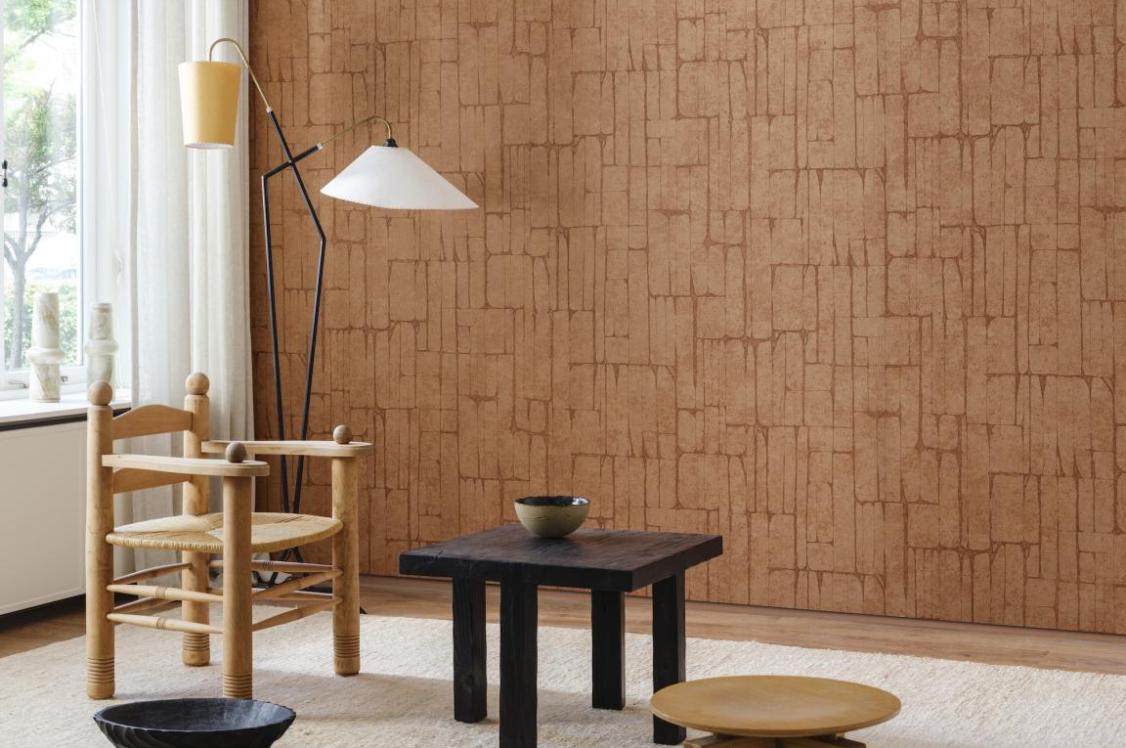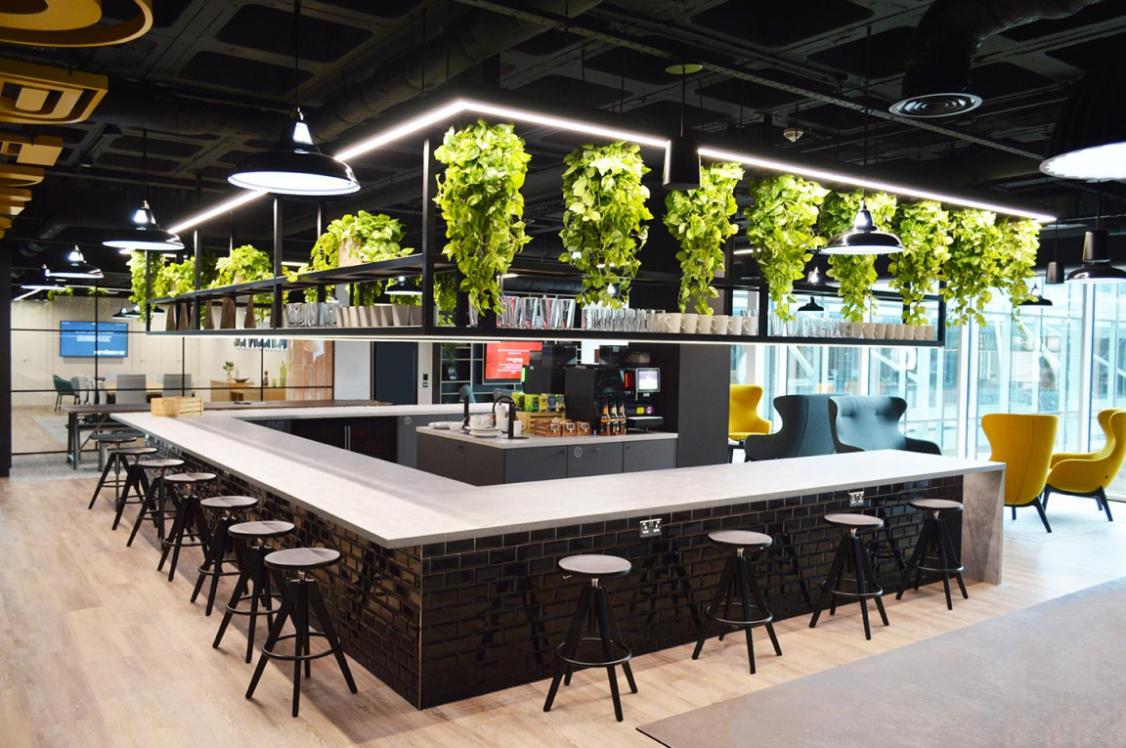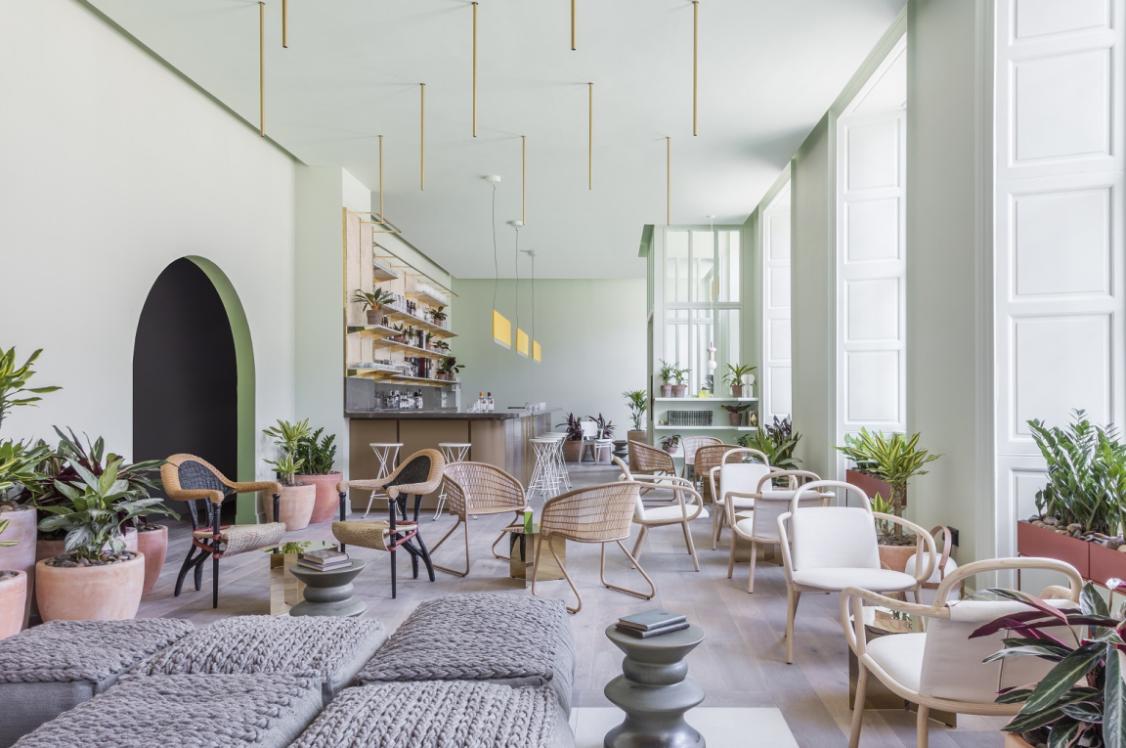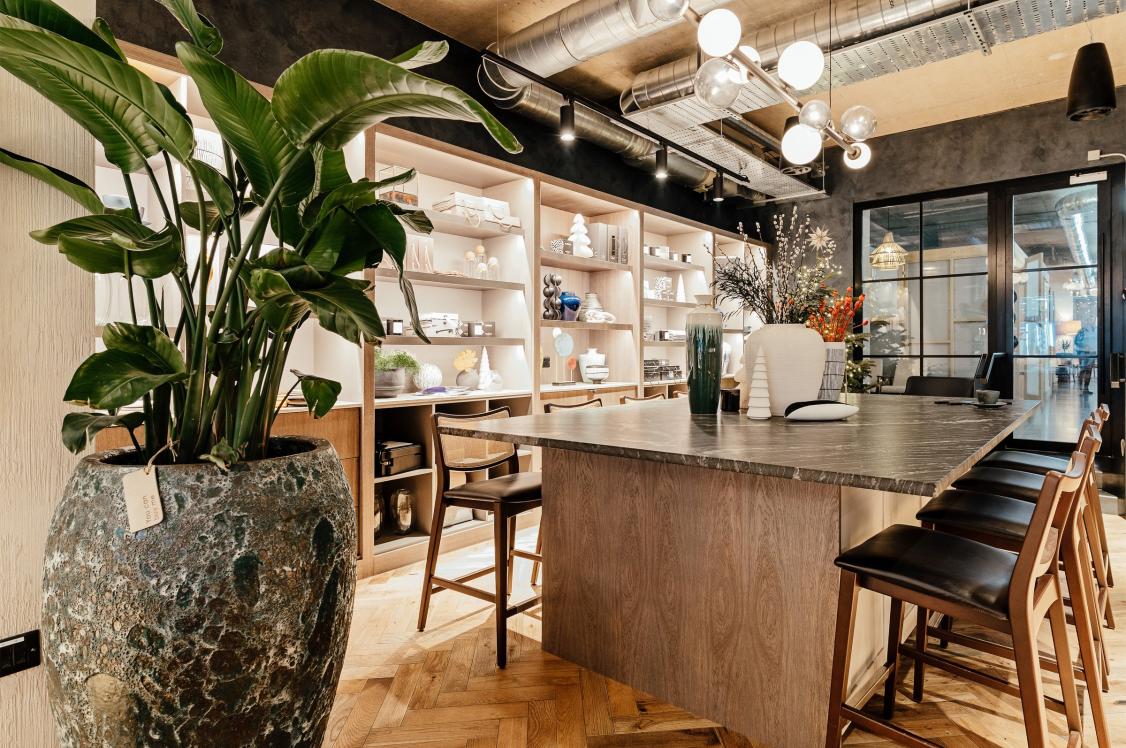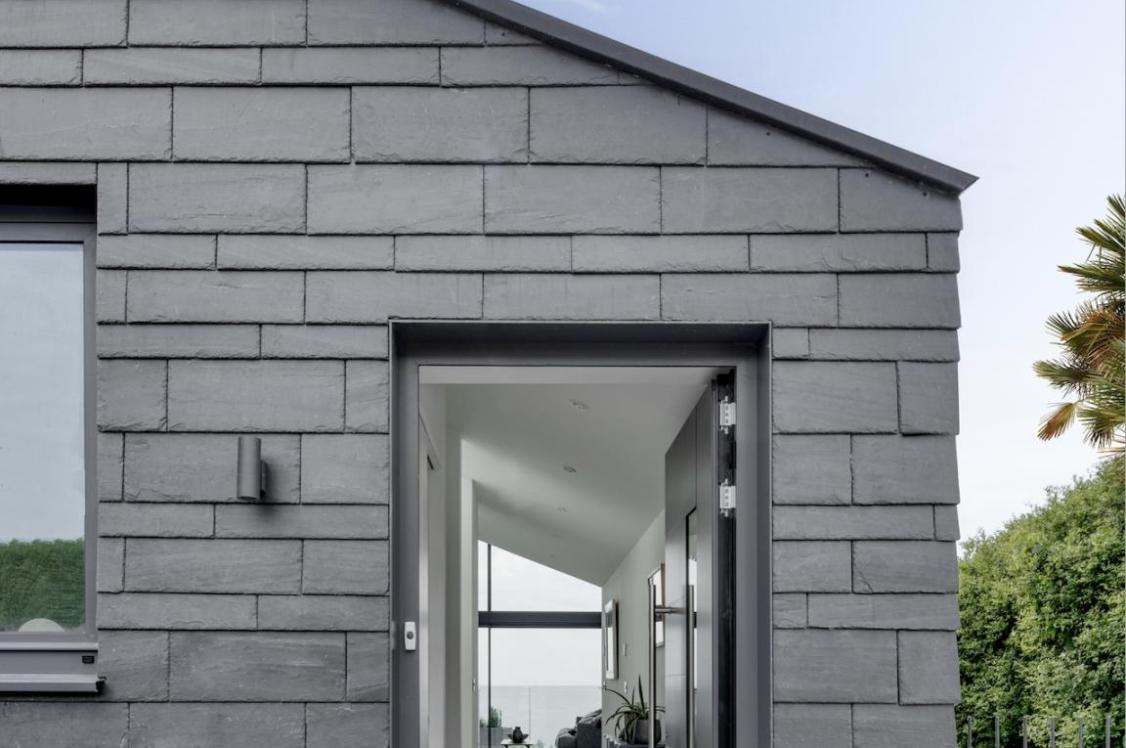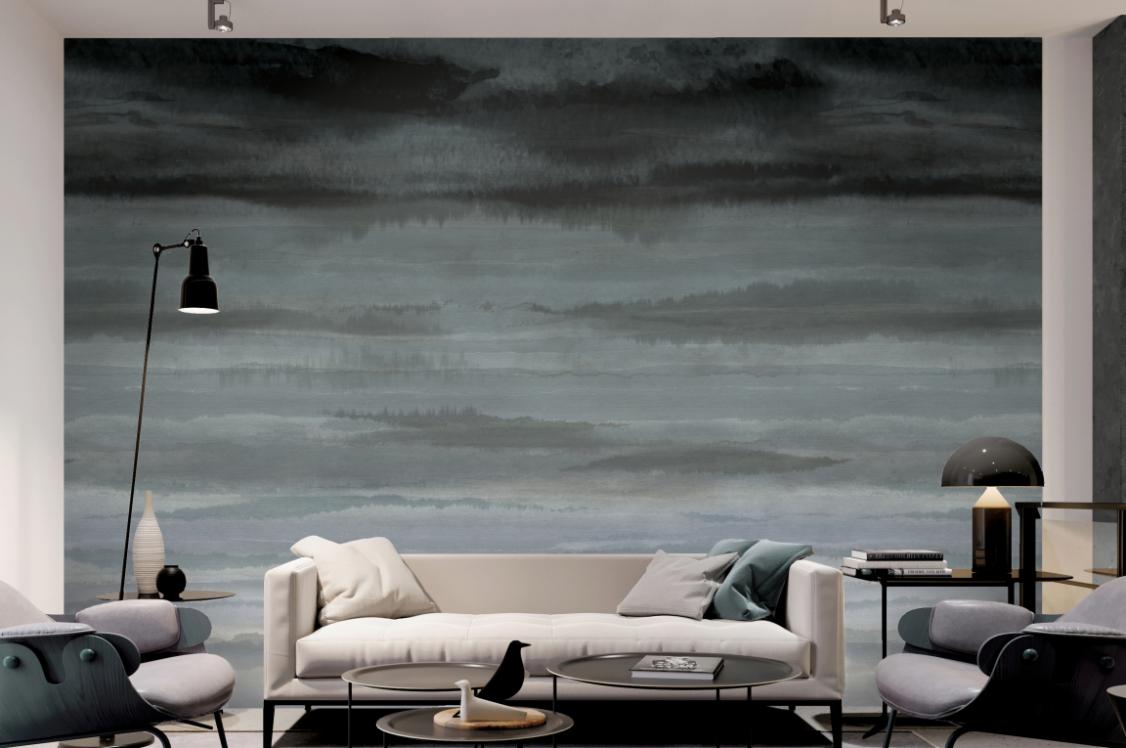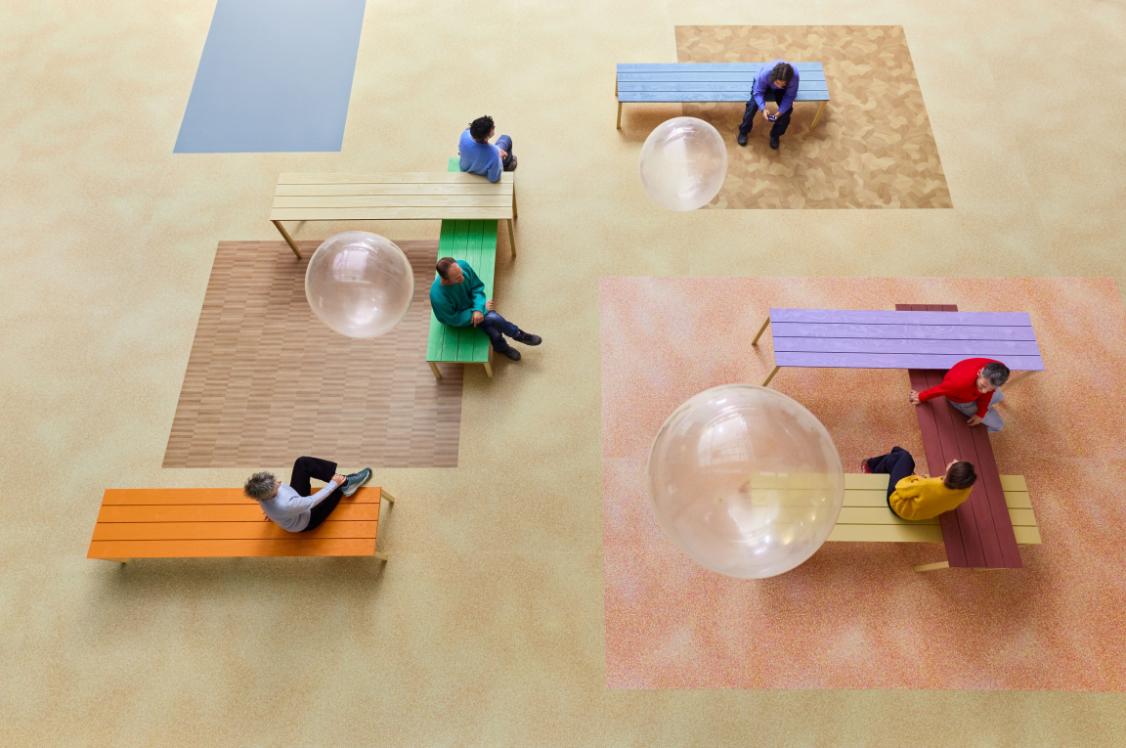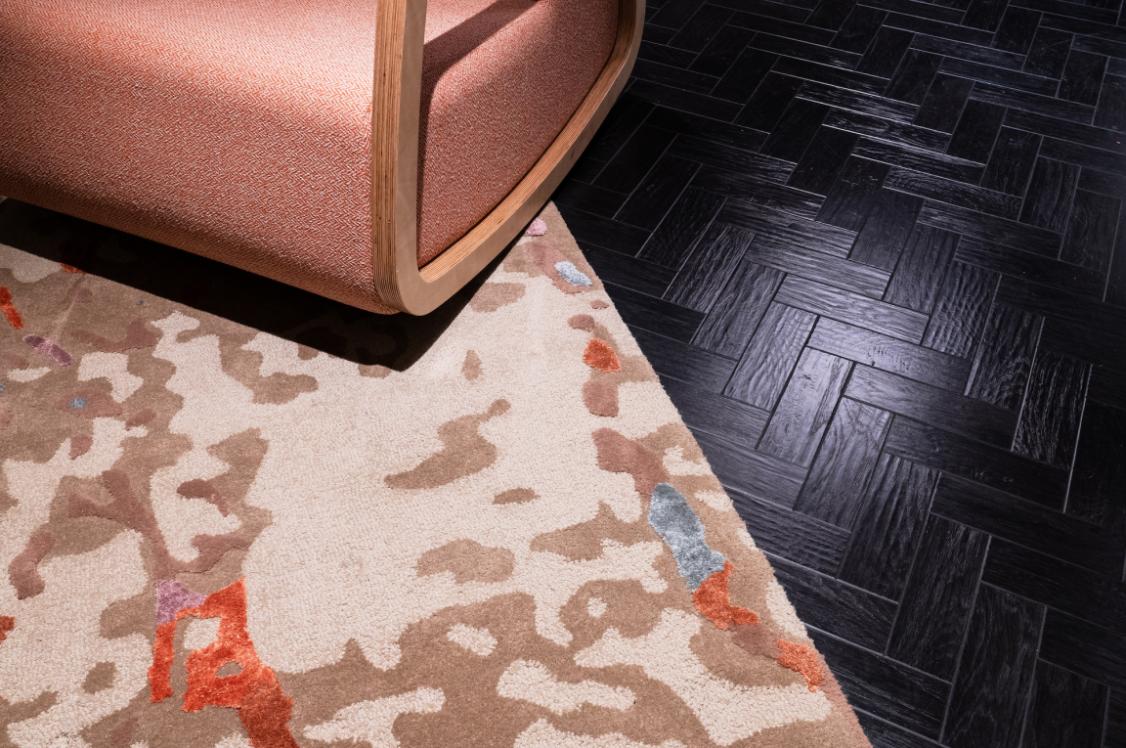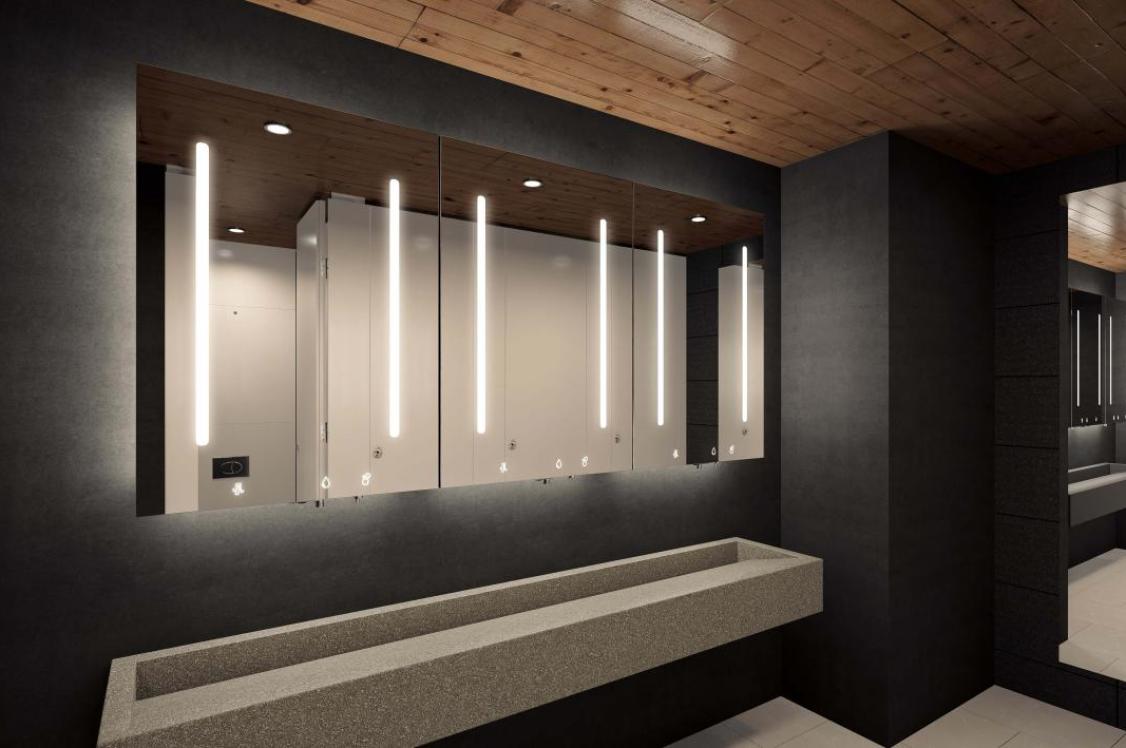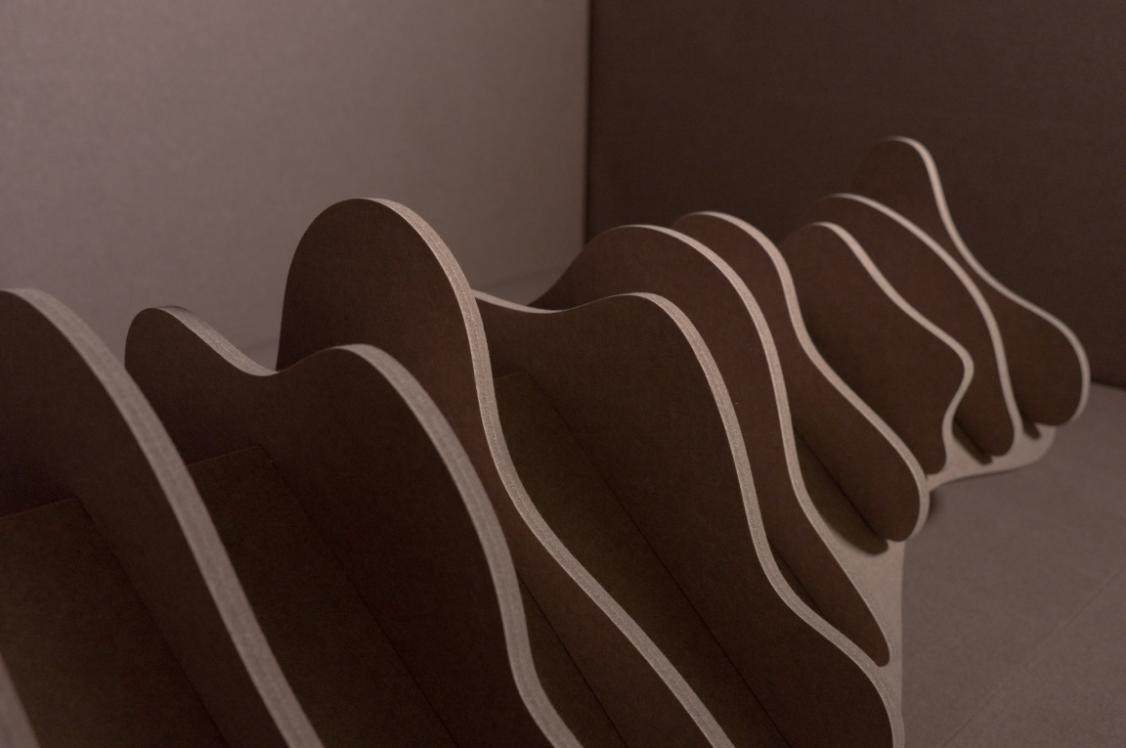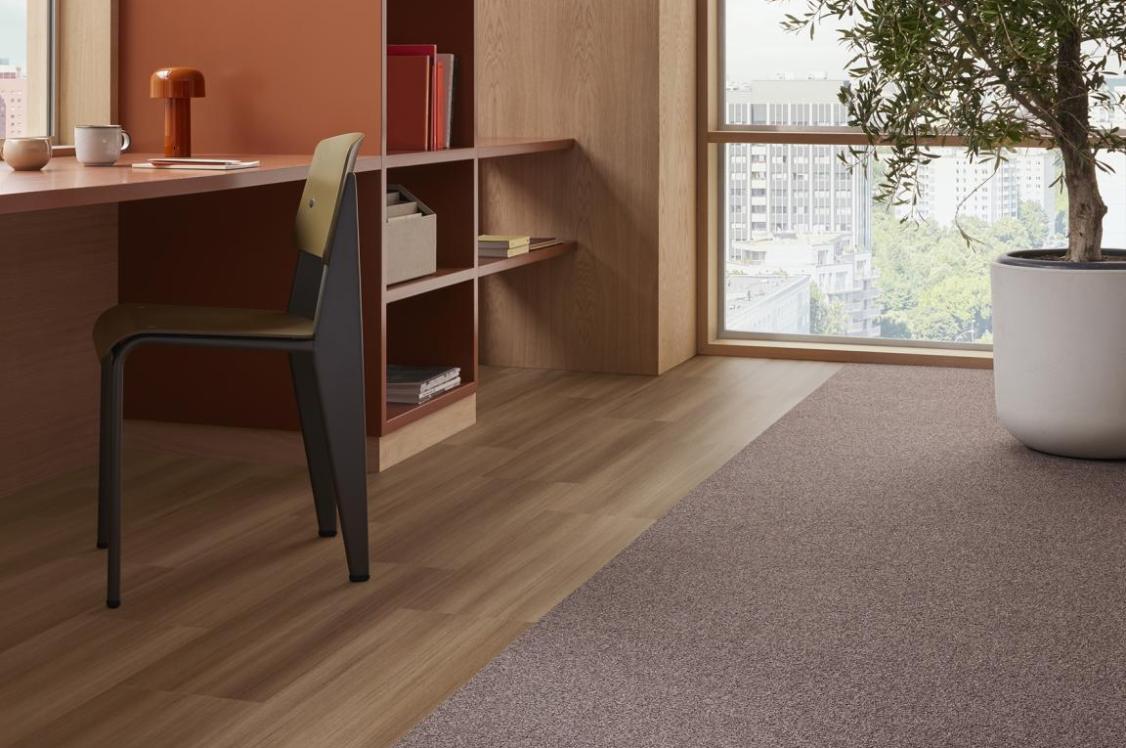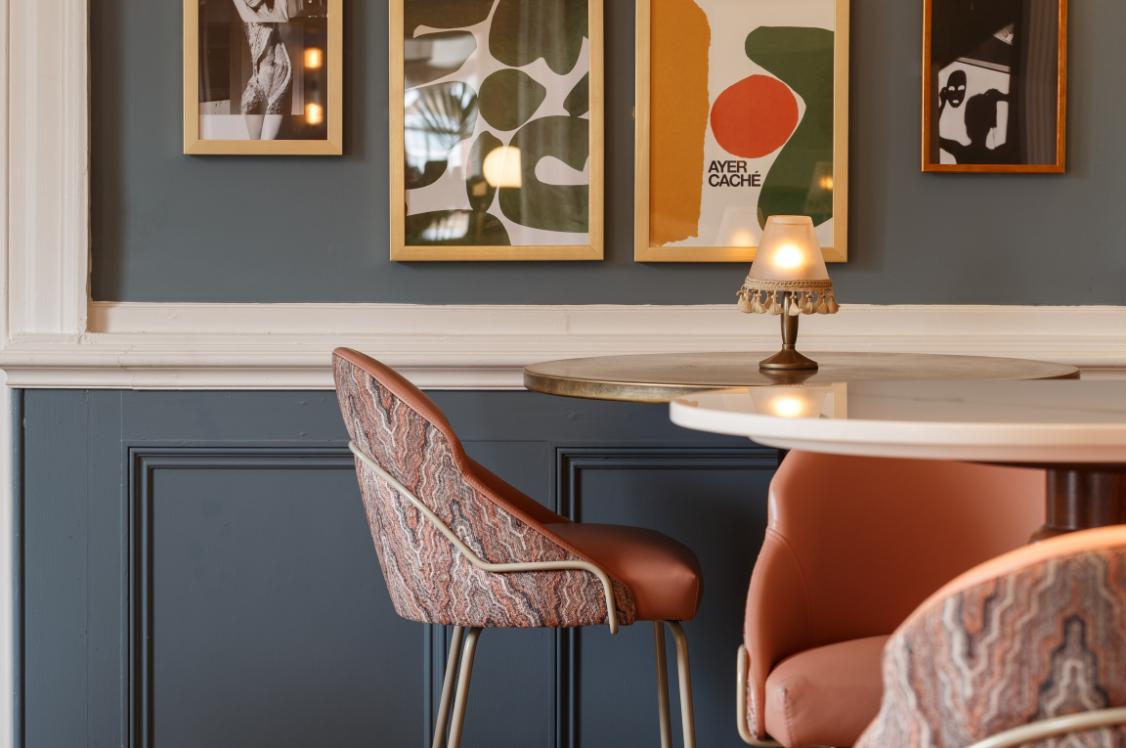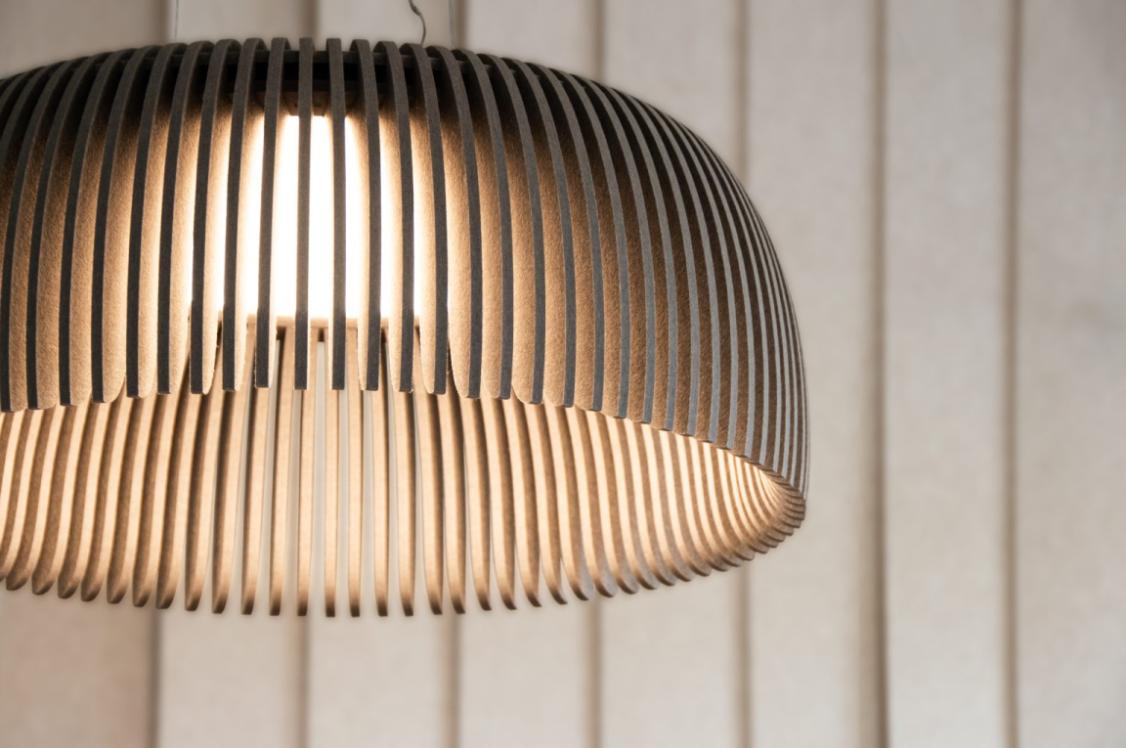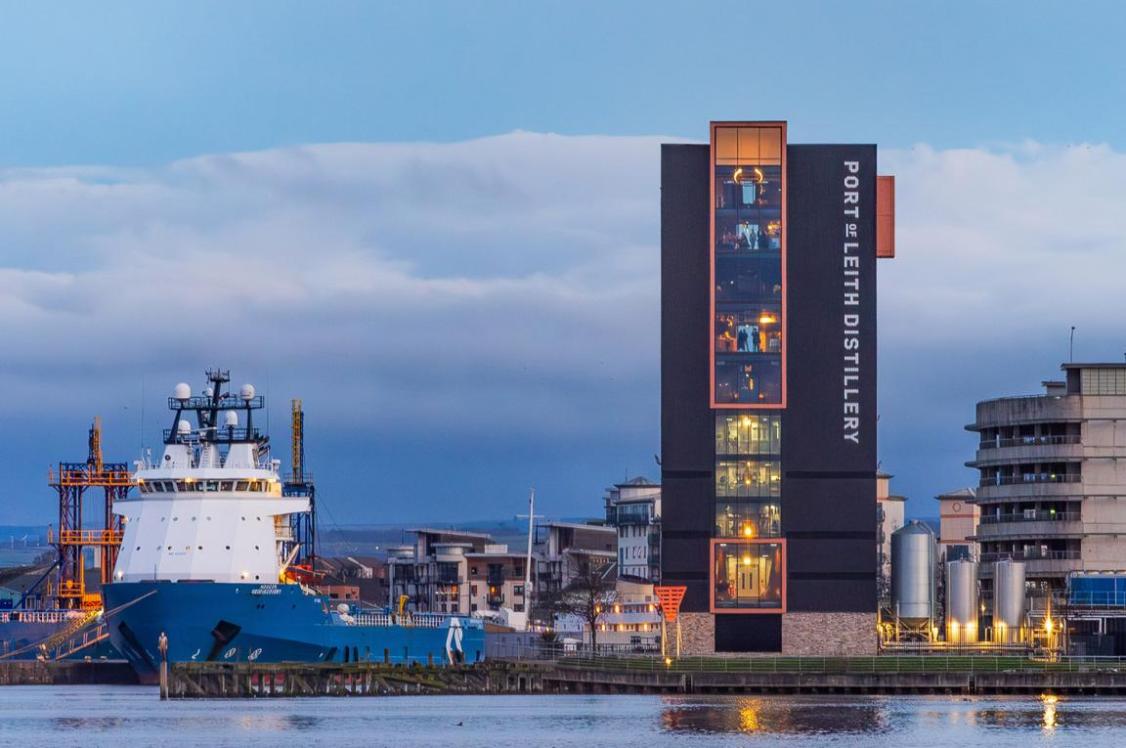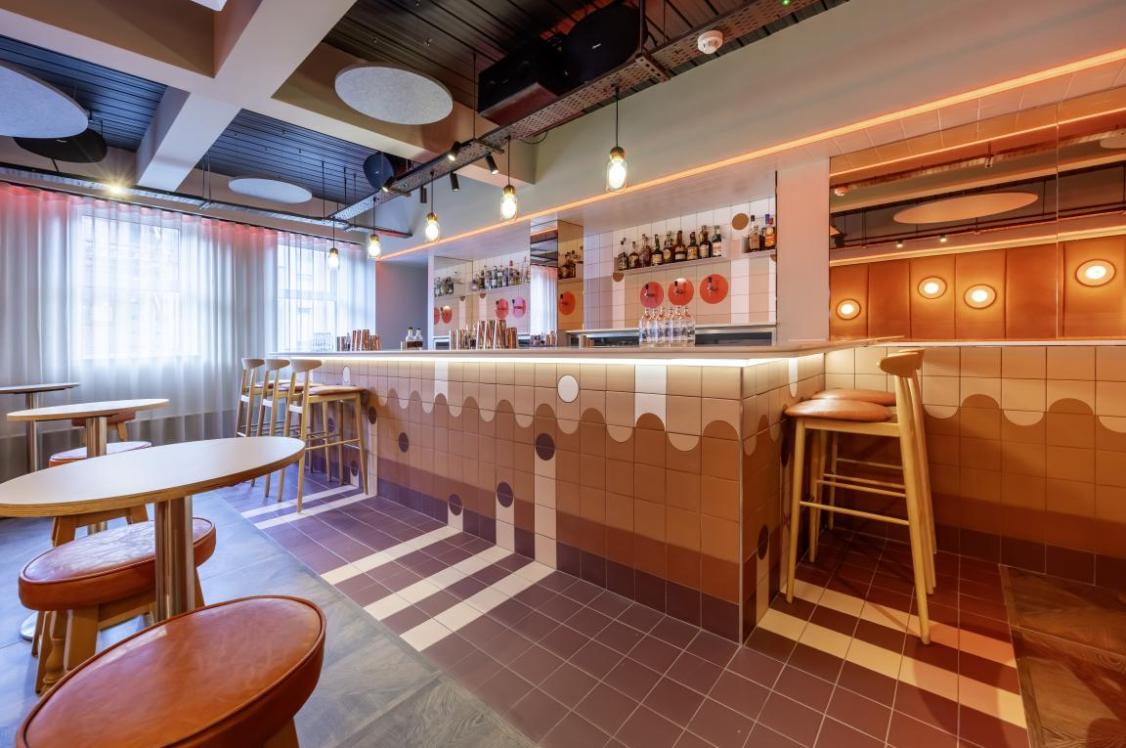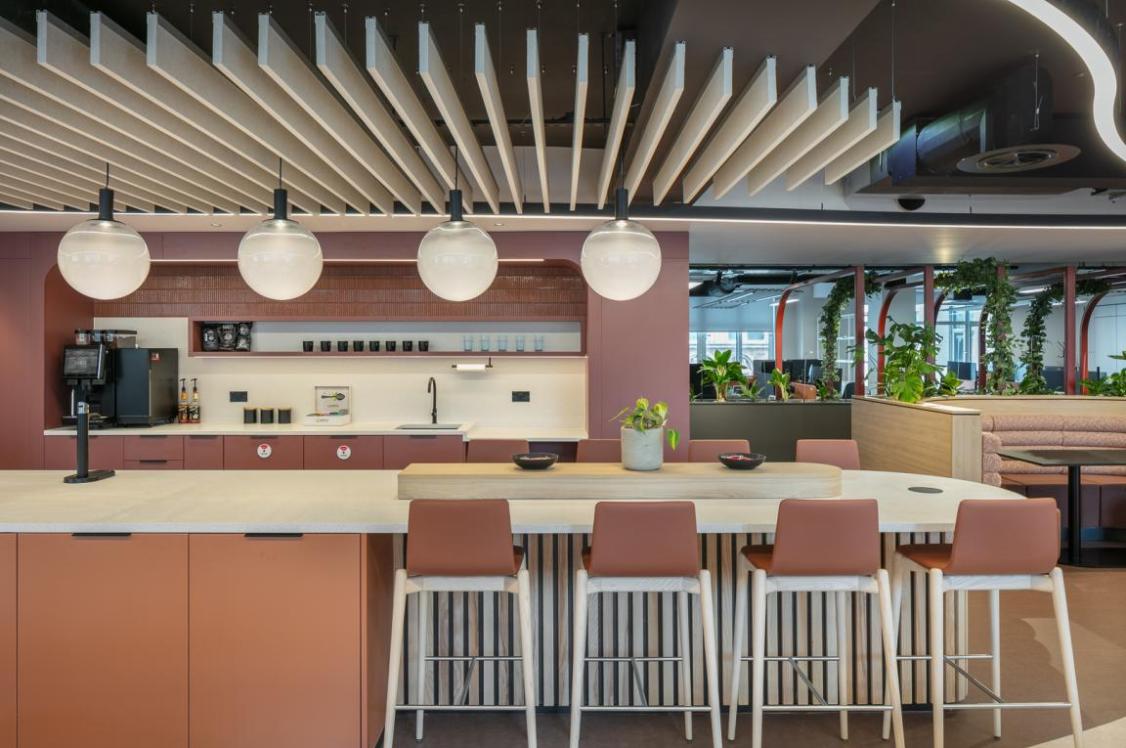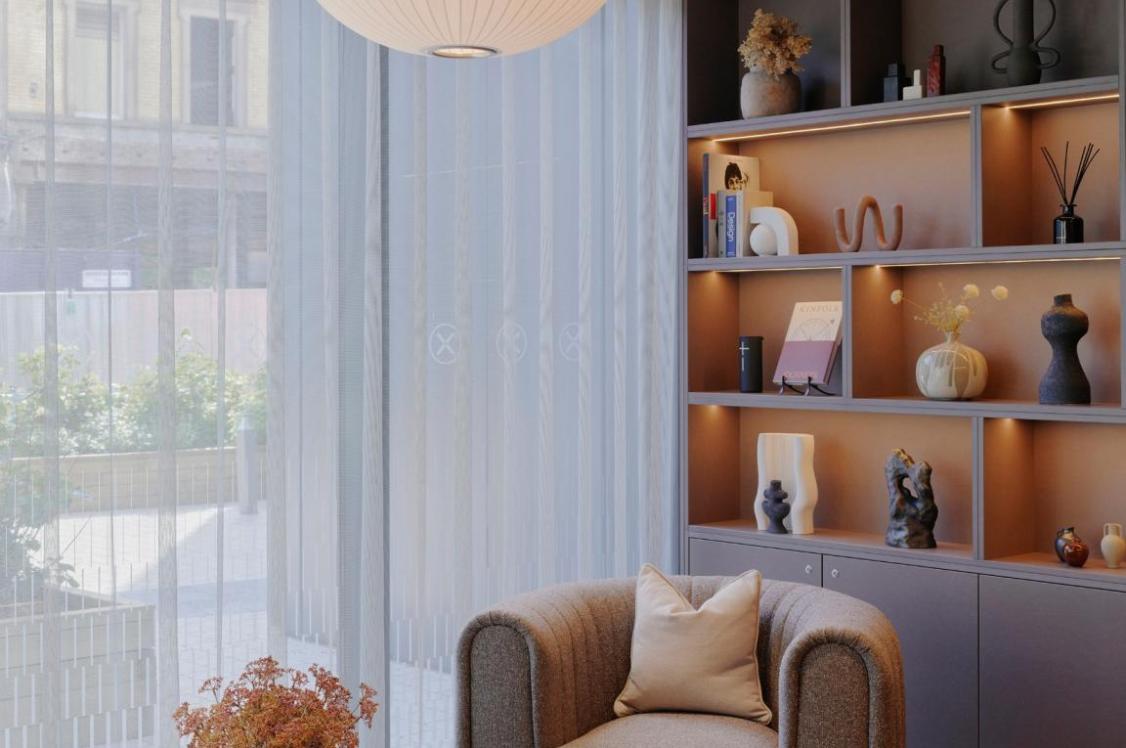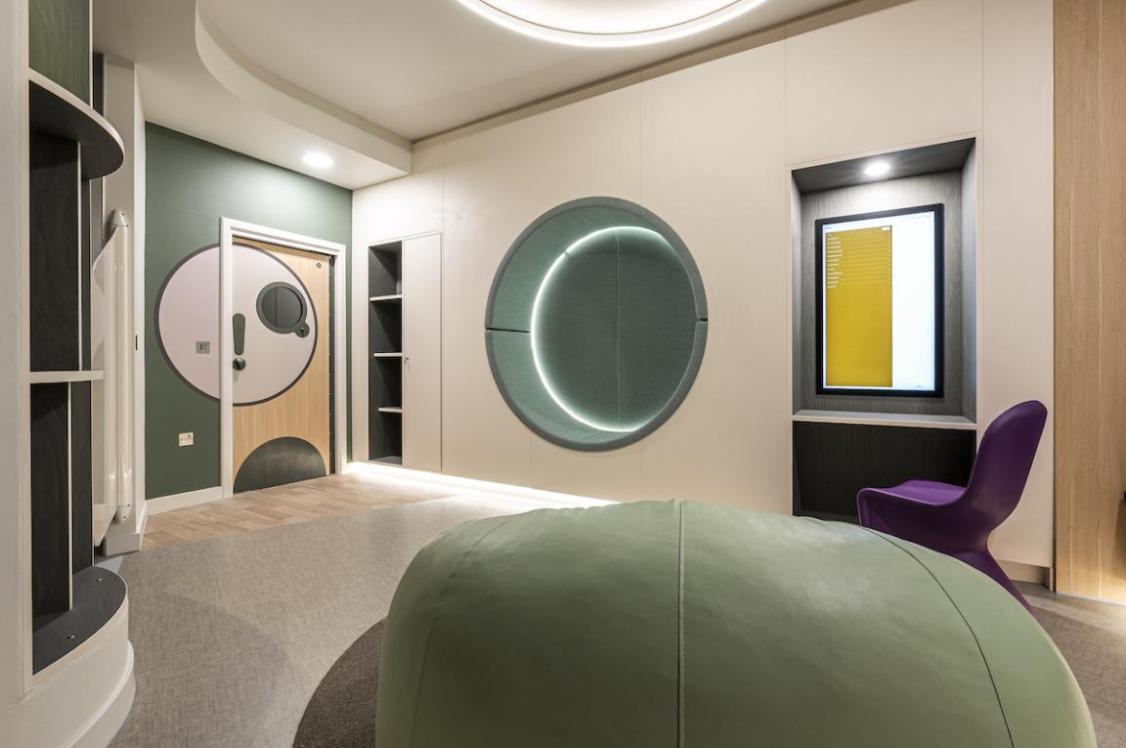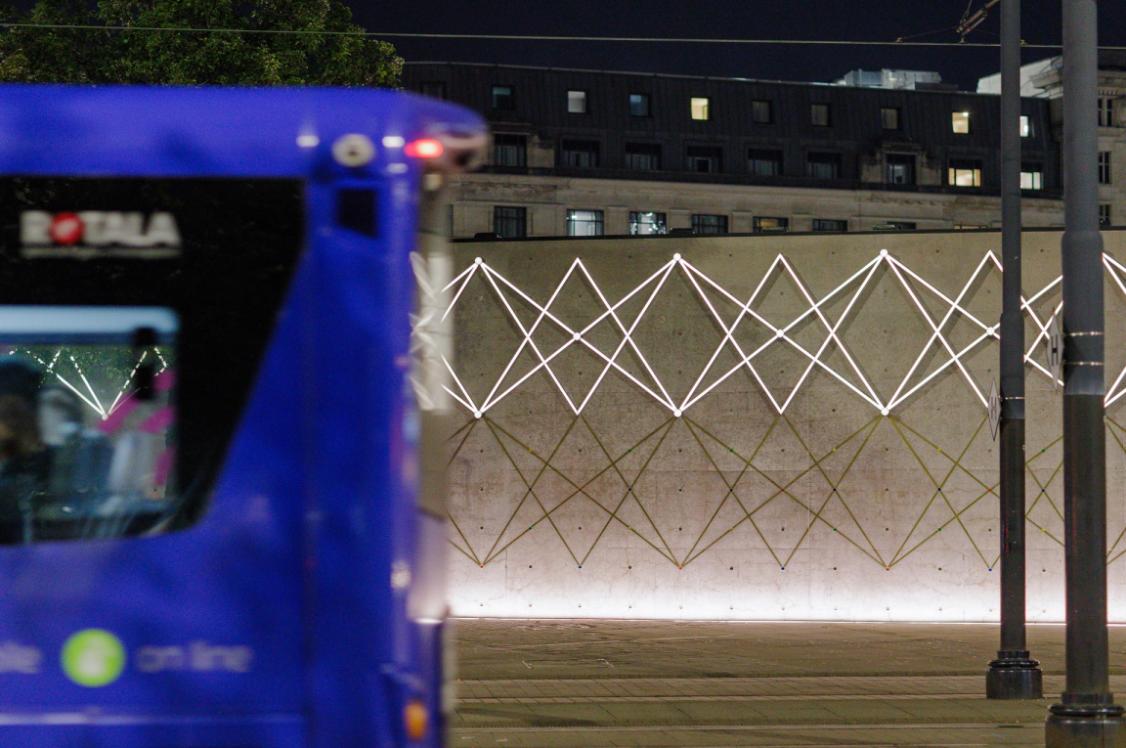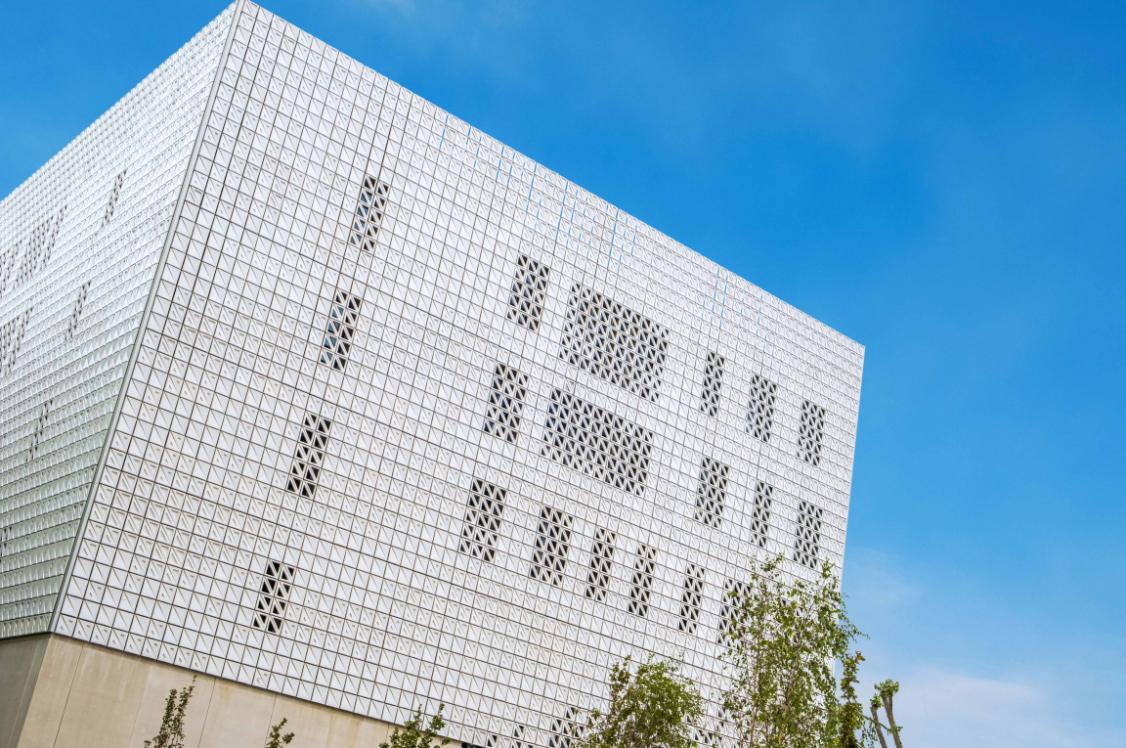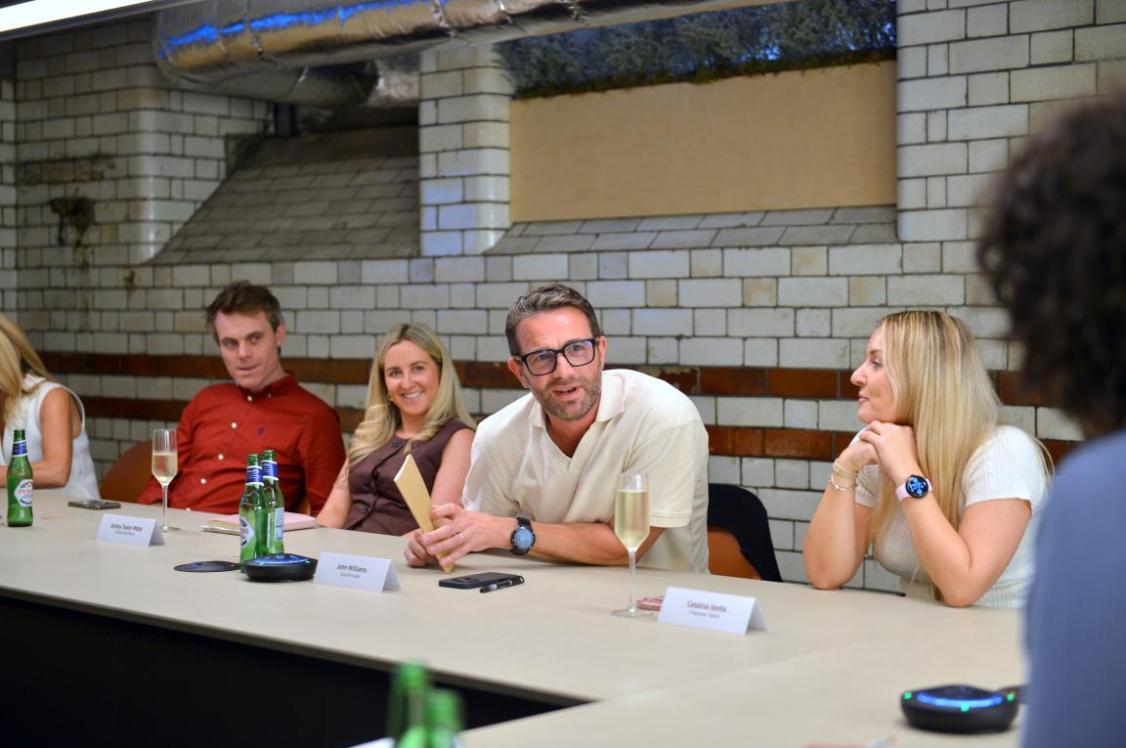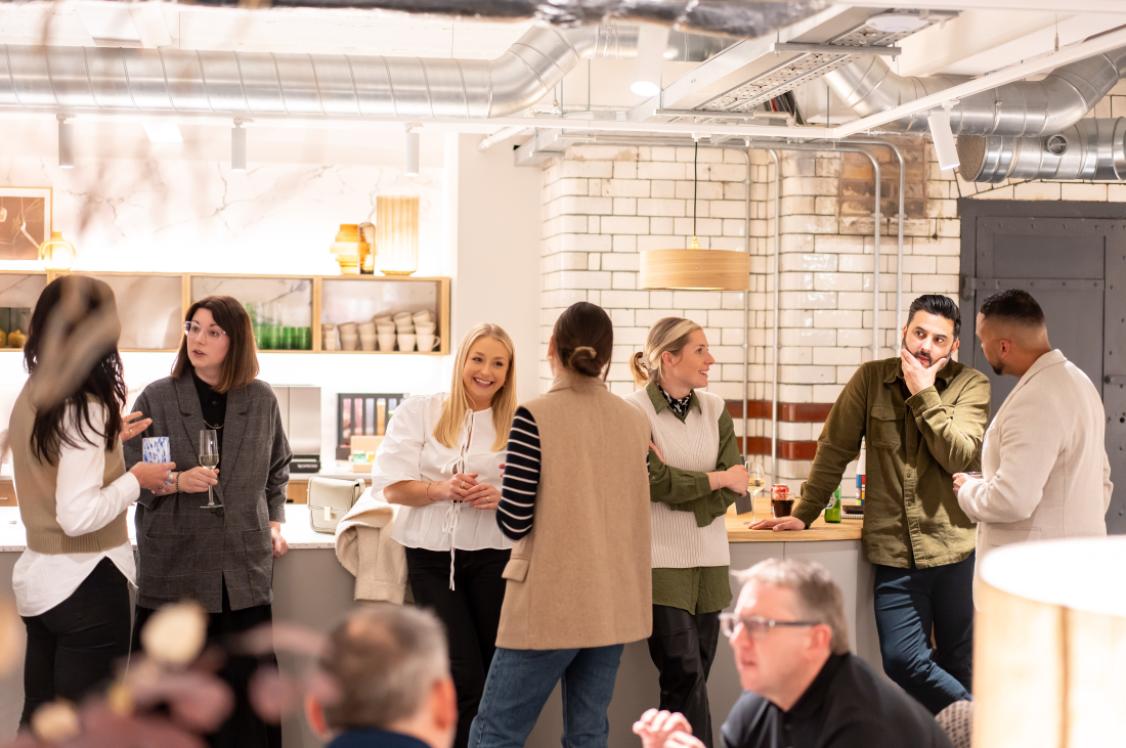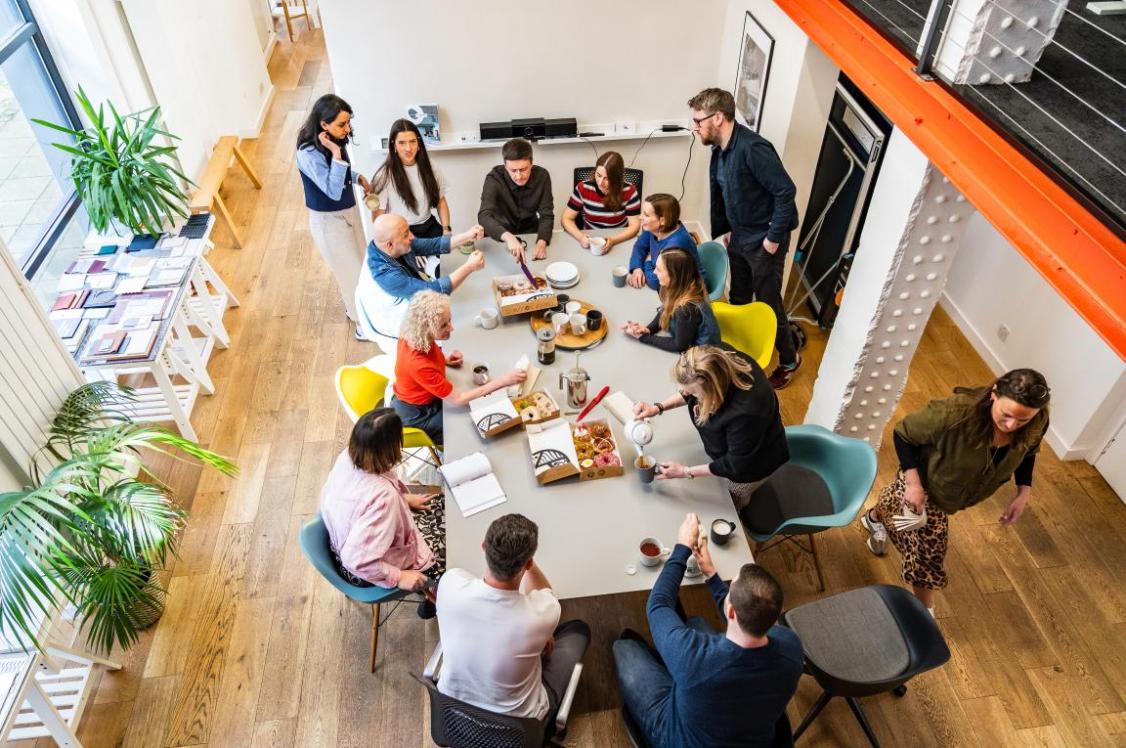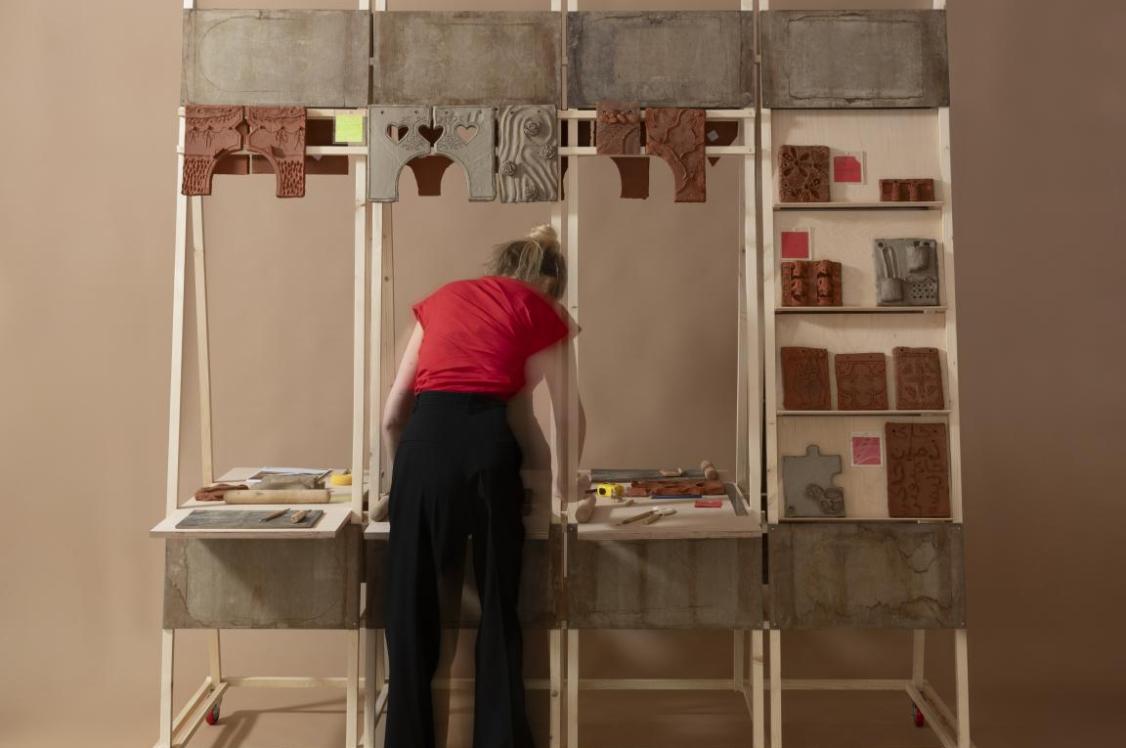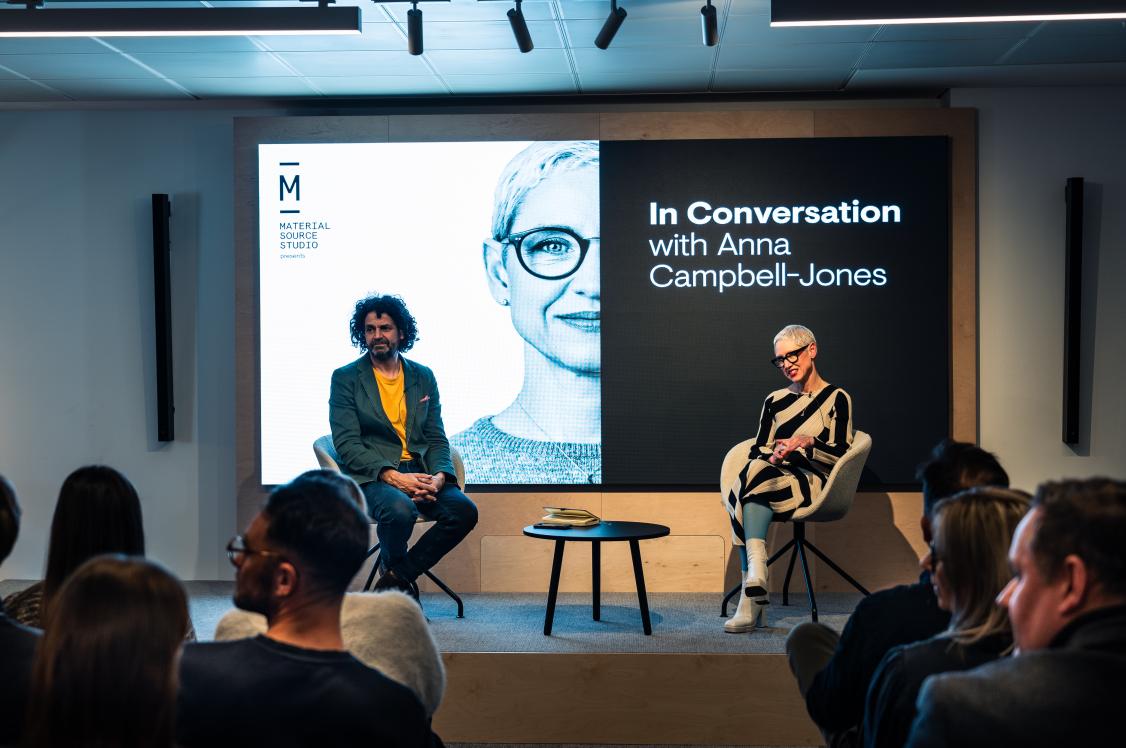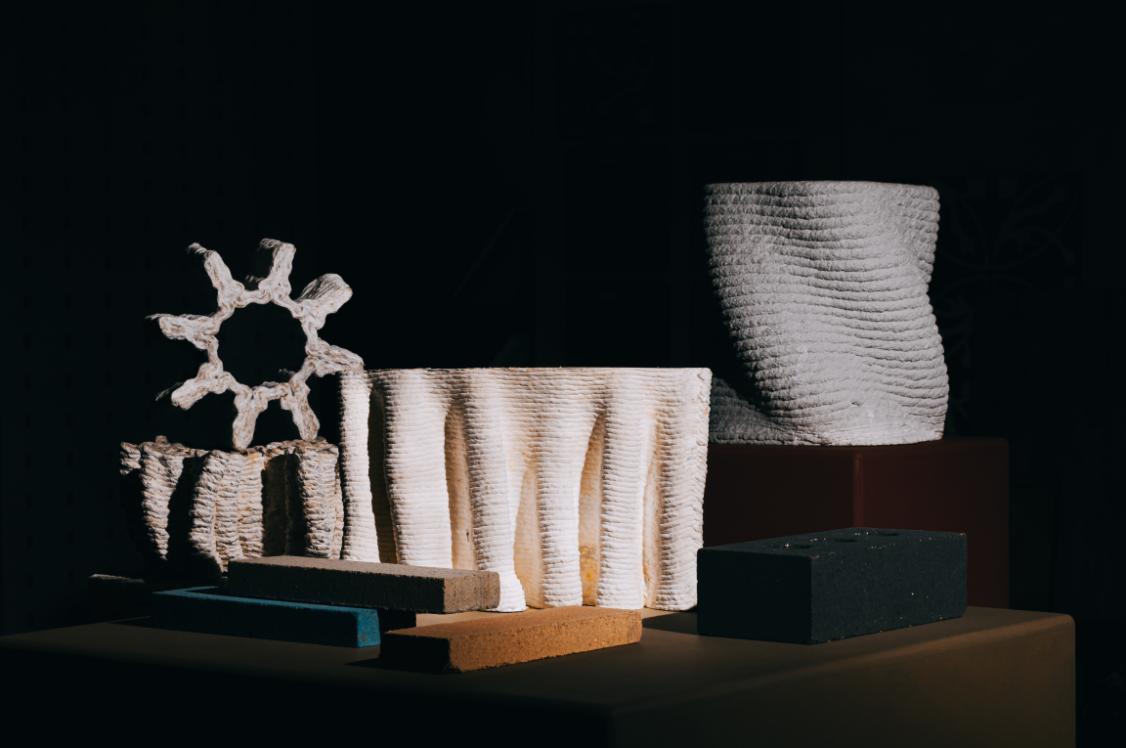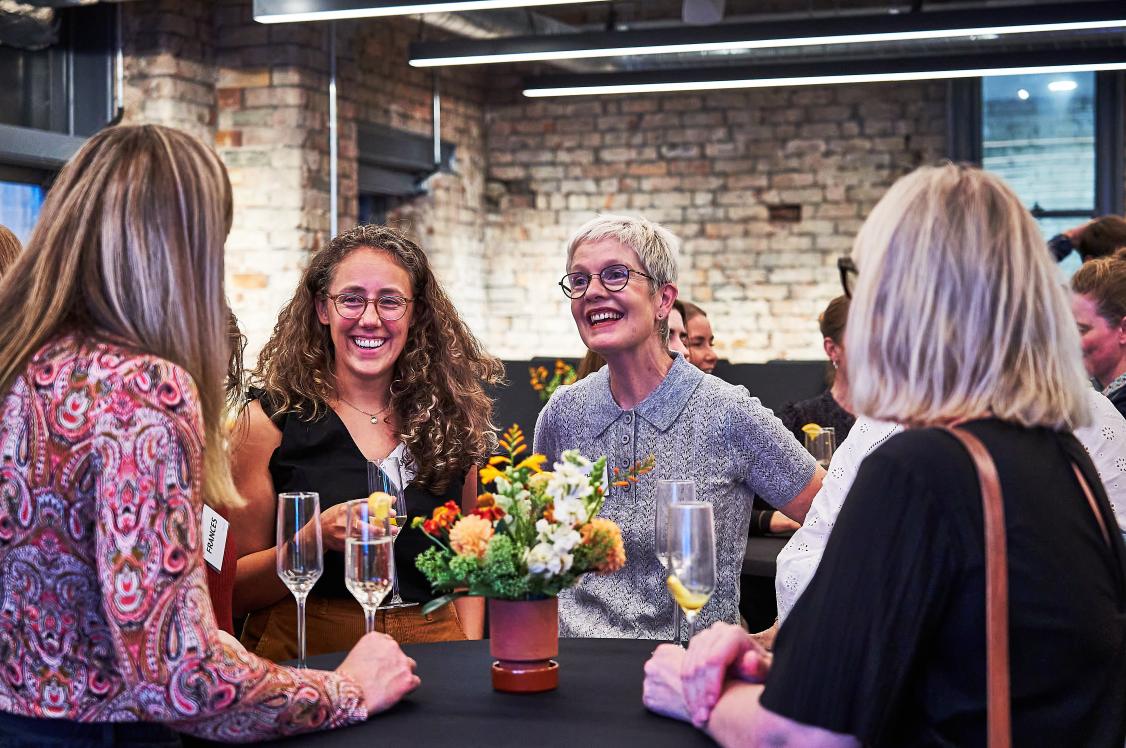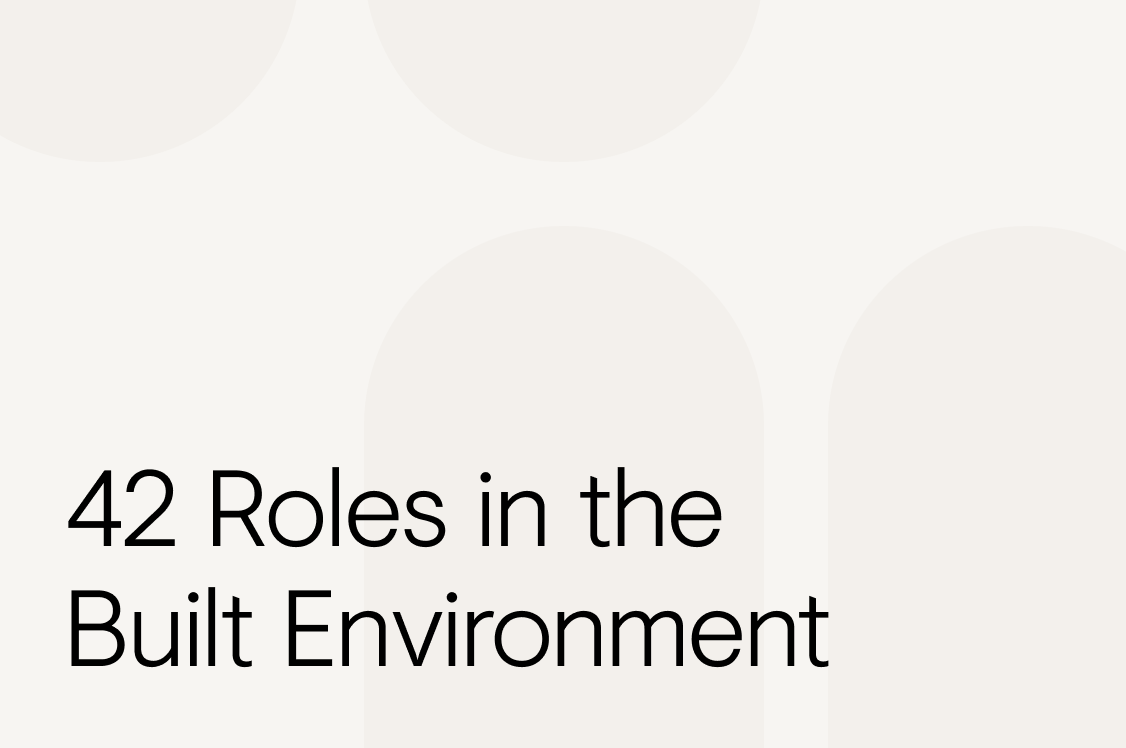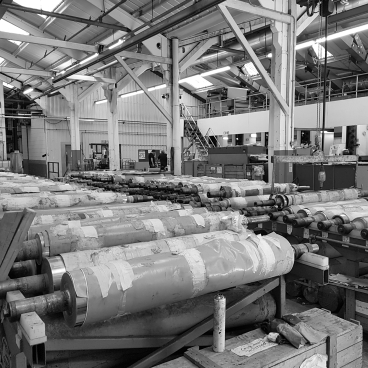Michael McGurk, project director, MLA on celebrating 70-years of the practice, challenging renovations & why Scotland needs BTR.
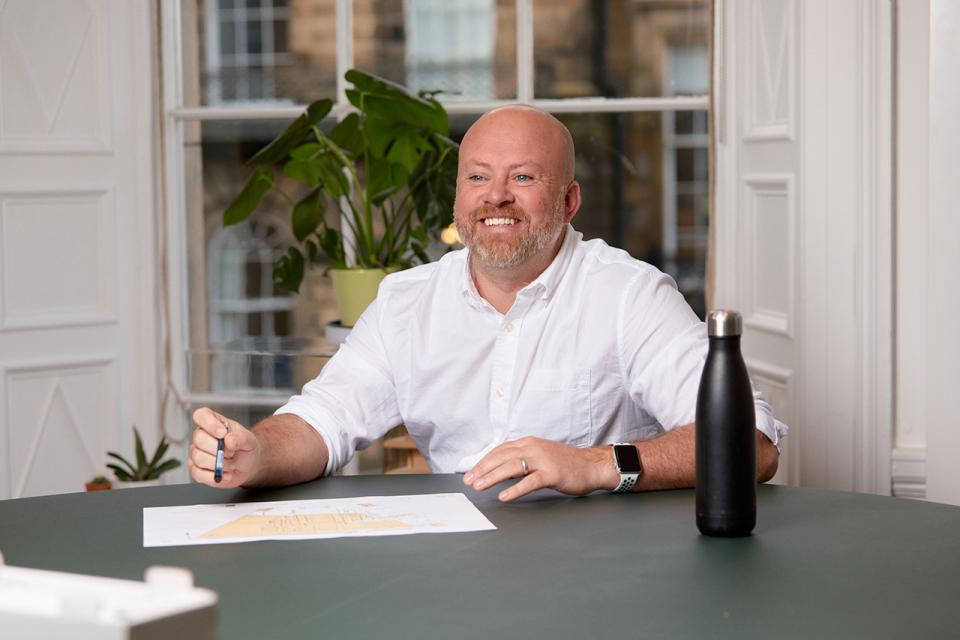
When planning the interviews for our residential focus, Michael McGurk, project director at MLA, was high on our list.
He's an architect, a certified Passive House designer, and sits within the government working group for the Scottish Property Federation on the Passive House standard. He was at the forefront of MLA's Belford Road project for client AMA Newtown - a complex residential development situated within Edinburgh's Dean Village - a well-renowned area and UNESCO World Heritage Site. As well as working on countless other transformation projects.
With such a rich understanding of Scotland's residential sector, Michael was just the person to help further our conversations around the current roadblocks, and opportunities, facing the country's built environment professionals.
Here, we delve into the details of Belford Road, consider how the lifting of the rent cap will pave the way for much-needed BTR in Scotland, and explore some of the ways PBSA is evolving to cater for the future entrepreneurial generation - all underpinned with sustainability, and a reflection on 70-years of MLA.
Tell us about your role at MLA
“Yes, certainly. I'm an architect within the practice, and I’m also Project Director within the residential sector, which includes private residential, purpose-built student accommodation (PBSA) and Build to Rent (BTR). I’m also a certified Passive House designer, so one of my colleagues and I are trying to develop that further within what we provide in terms of sustainability to clients. As part of this, we have the MLA Green Group, which deals with all things sustainability including educating our staff and clients delivering this in projects.”
Lovely. So, what made you decide to specialise in residential?
“Previously, I’ve worked in smaller practices, which had a focus on small-scale residential and small-scale commercial projects, while also including the Passive House element for designing healthy buildings. This was both in Scotland and Australia. So, the driver for me has always been residential and Passive House. That was a part of my role coming into MLA; to apply these skills to designing larger-scale residential schemes. It’s something that I enjoy, alongside working on the commercial side of our projects in the distillery sector, for example.”
What portion of MLA’s project work is residential?
“The residential sector at MLA is growing and accounts for approx. 20% of the work within the practice. At the moment, the residential sector is probably leaning more towards PBSA - purpose-built student accommodation, and there's quite a lot of that going on here up in Scotland. Our interiors team is becoming more involved with the PBSA work too, which is great. We do everything from workplace consultancy to distilleries, we are developing data centres and labs – that’s also a big sector for us.”
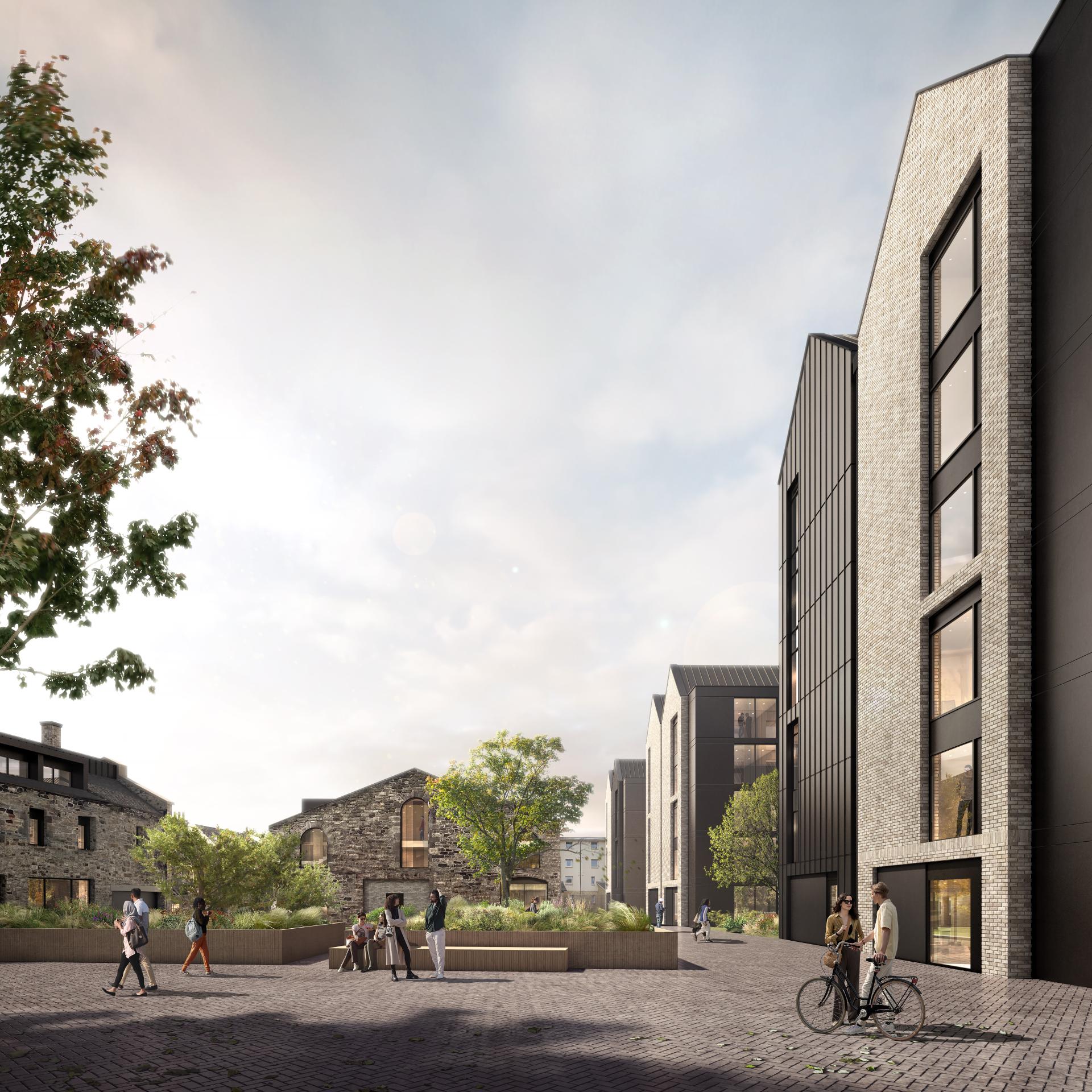
Baltic Street
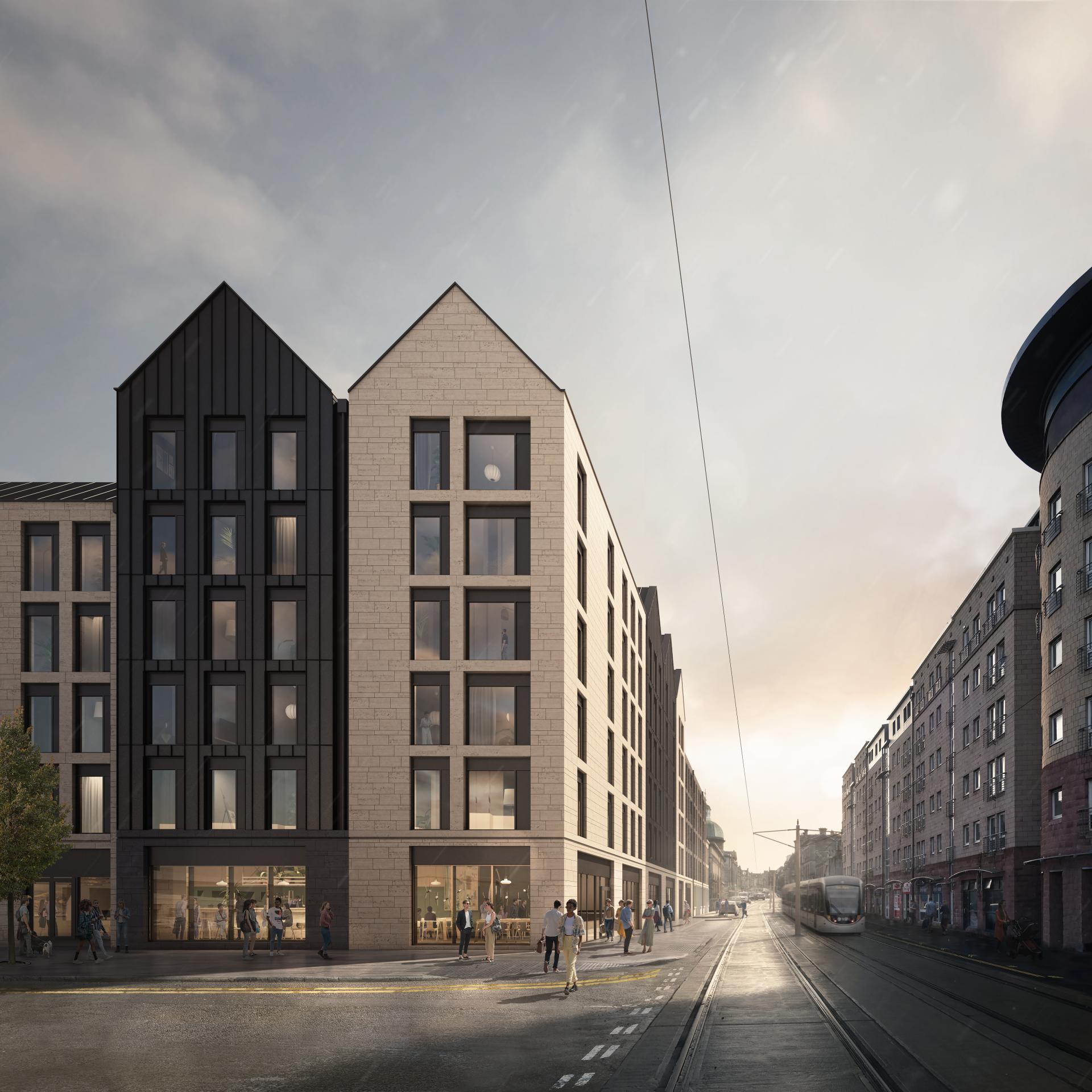
Baltic Street
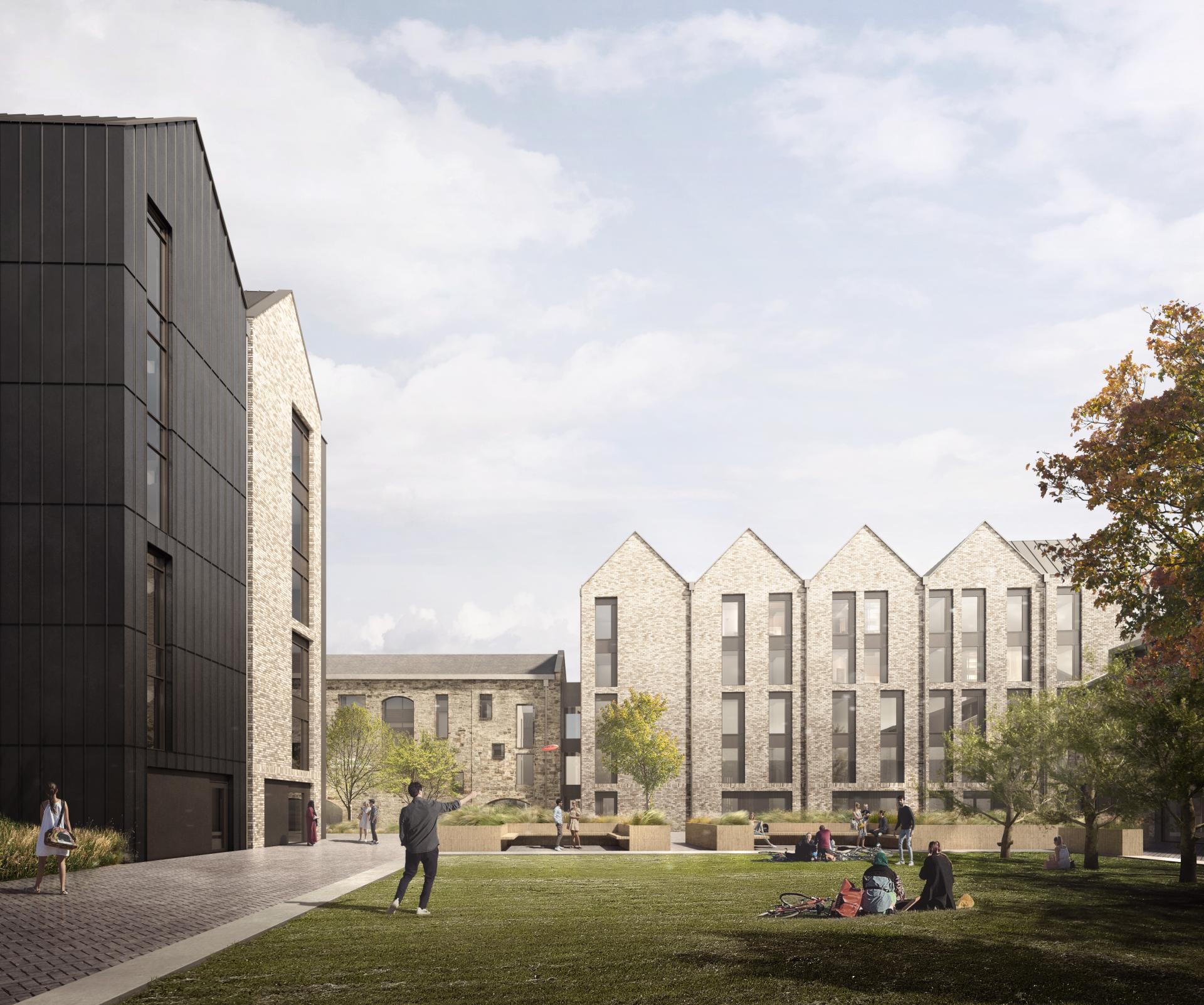
Baltic Street
One of your recent residential projects is Belford Road in Edinburgh – can you tell us more about that?
“Belford Road came to us in 2012, and it's gone through various iterations. Overall, the design and purpose remained unchanged and planning permission was secured in 2017 with the client, AMA Newtown, starting construction in 2020. It's a good mixed project. We've got 48 private dwellings in there. There are three townhouses, and the remaining are flats ranging from one to four bedrooms. These are split between the existing Douglas House building and the rest are within the neighbourhood. Everything within the site is self-contained and we've got a raised communal podium, landscaping deck with basement, car parking and private storage under there as well.”
It looks great…
“It's a transformational and exciting project. We had a building control visit today [at time of interview] for practical completion on the existing building. It's getting there. The first owners have taken occupation this month, on the first phase, with the new build element just behind. It's been a long but rewarding process.”
What’s led to it taking so long?
“The site is very, very challenging on this one. There is an existing building where we have essentially dug out and retained the façade that goes down almost 12 metres into the ground where the basement is. We've got a lot of existing historic archways and bridges to deal with as well. So, structurally, from a civil engineering point of view, it was challenging.
“Generally, this is just the way some of these residential projects work. We’ve done quite a lot of work with this client previously on bespoke city centre projects, and they'll go through various iterations of designs. MLA are involved in a variety of residential projects from refurbishments to large scale new builds. Projects come to the practice at different stages, and each brings their own complexities which our design and delivery teams thrive on. Each project and client is also different and has its own delivery programme.”
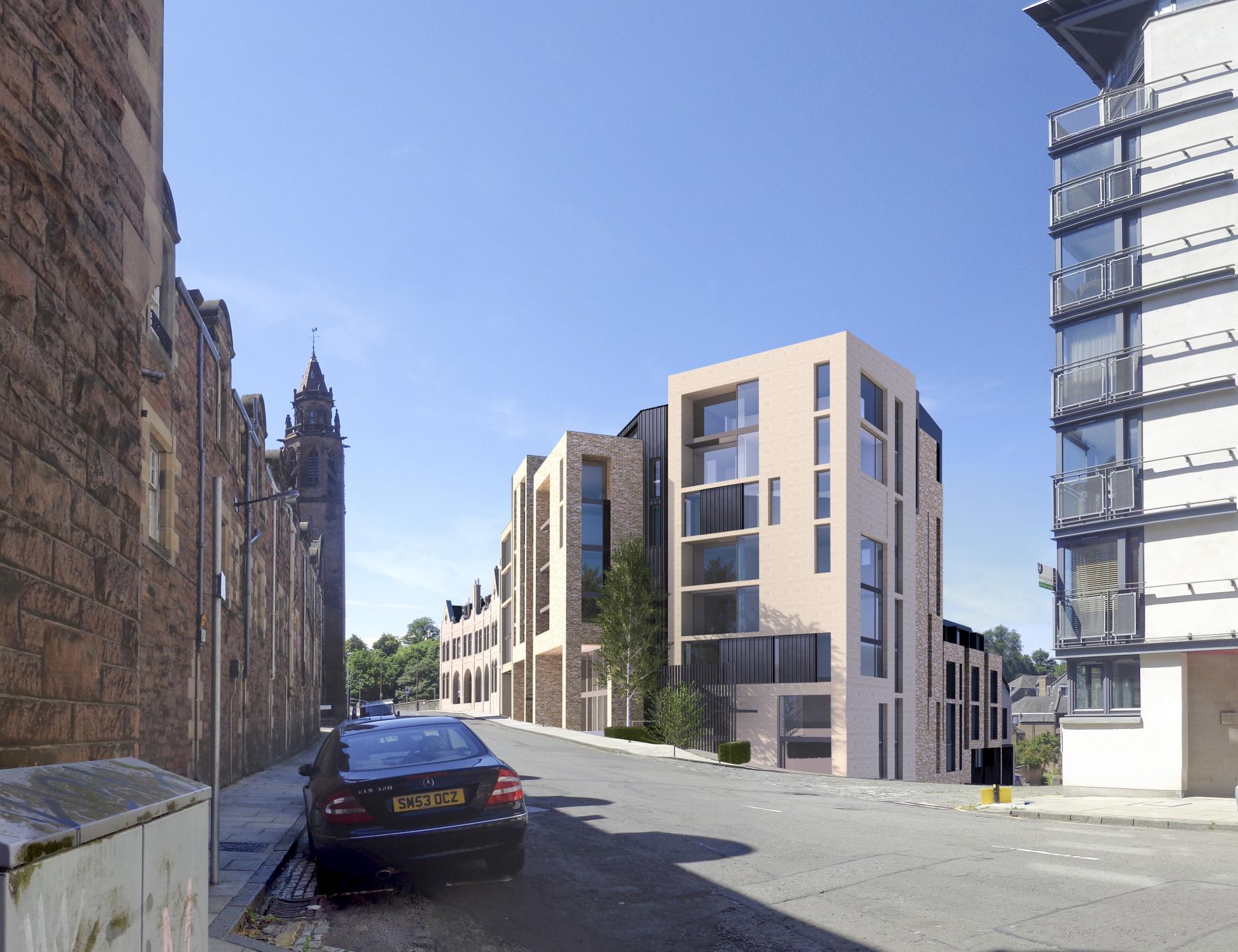
Belford Road
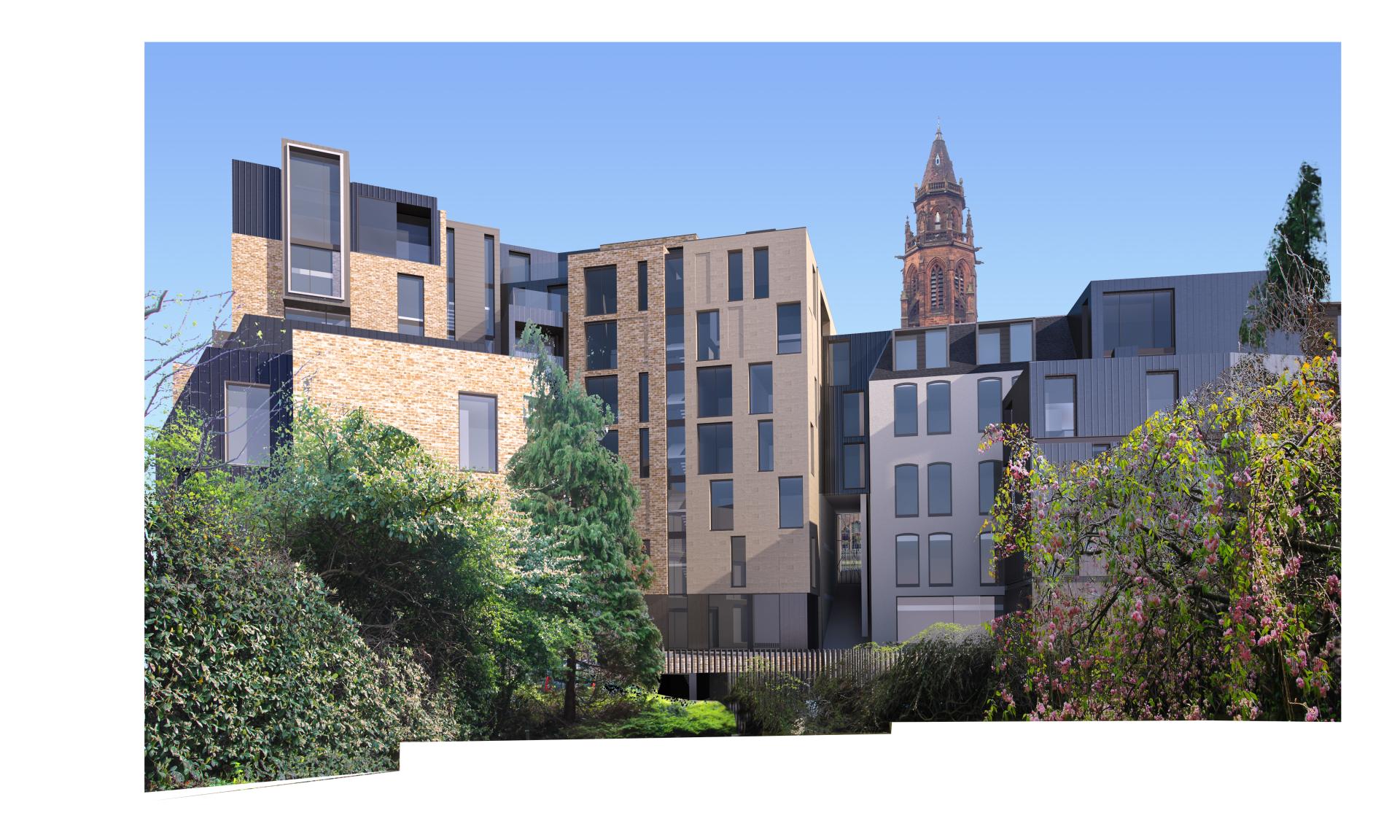
Belford Road
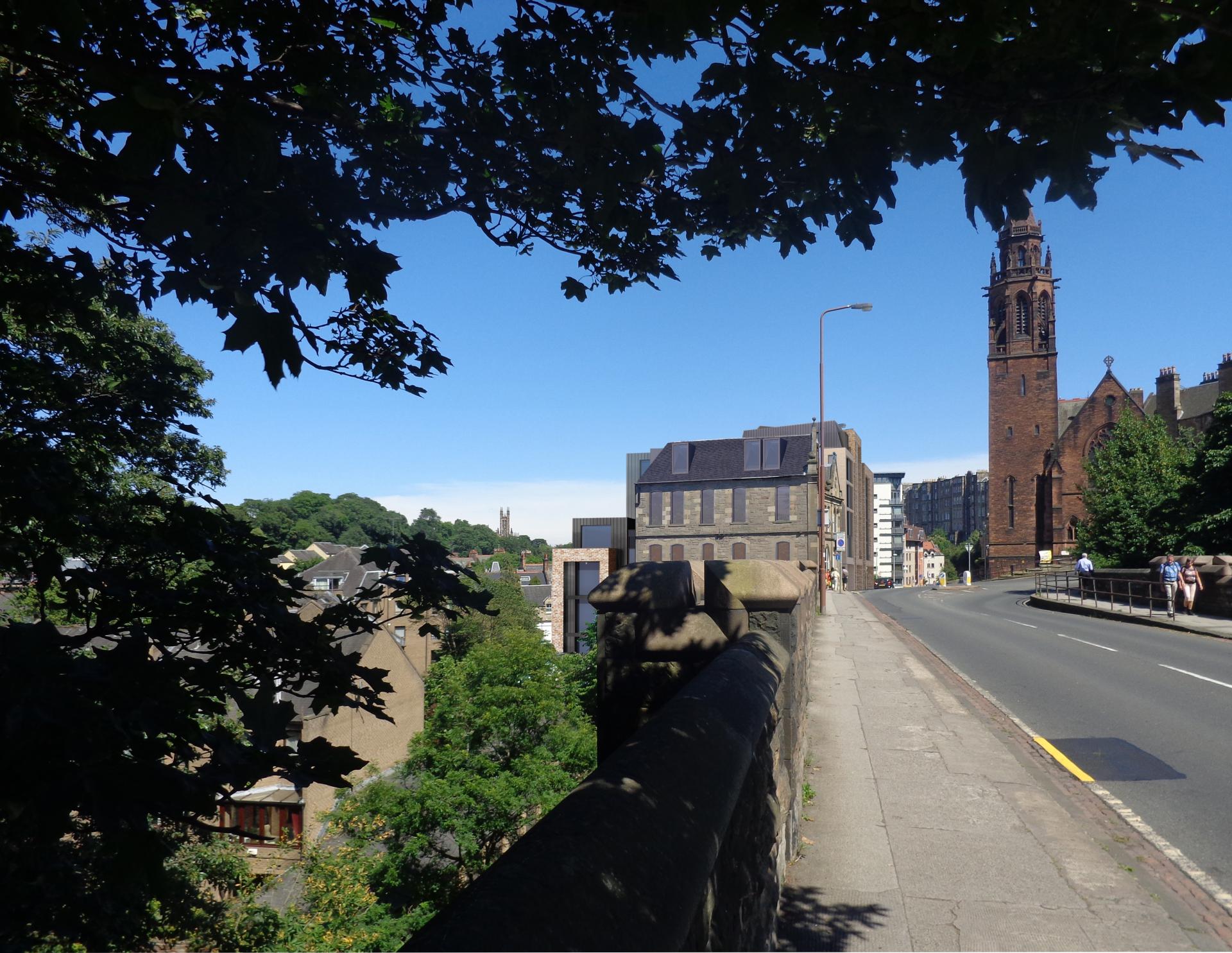
Belford Road
And as you say, this was exactly the case with Belford Road - the original site being one of the first car showrooms in Scotland. How did you work with the two sides, retaining and repurposing, and then blending the old with the new?
“The existing building sits within a conservation area, although the building itself is not listed. The condition of the existing building was very good. There was a 1980s’ extension put onto the existing building which then became an office block. That was very clean cut in terms of where one stops, and one starts.
“We retained all the existing facade and retained and replaced all the windows back to their original styles and proportions. Certainly, through the fabric and the restoration of the building we'll try to retain as much as possible. The only intervention we've really done on that aspect is that we've designed new modern dormers to the penthouse; on the top level. We've gone back to just simple materials and will reuse the existing slate, to try to retain as much as we can.”
As it wasn’t listed, did you need to do that or did the drive come from the client/you as a practice?
“It was a bit of both. The client was keen to retain as much as possible and we were also keen to reuse as much as possible, but, even though it isn't listed, we still had to be conscious of how we intervene with the existing building. The Dean Village in Edinburgh is a well-renowned area and UNESCO World Heritage Site so we were conscious of that as part of the design. We have that very modern new build element too, but one that uses a simple palette.”
When you get a heritage site sat next to something super modern it can work well can’t it?
“Yes, they work. I think the scale of the buildings work as well – with the existing building and the new intervention, the new dormers just softly tie the two together. We have worked hard to break up the mass of the new build through the elevation design and material use.”
So, as well as the repurposing, how else was sustainability considered?
“Well, within the existing building, we had a lot of material reuse, primarily in the slate and some of the stone. We’ve used long-life products throughout and a very simple, recyclable palette of brick, metal, aluminium, and stone. So, again, everything that we selected can be reused or recycled. There was a high focus from the client on ensuring that building fabric was as efficient as we could commercially make it, so the building itself is very airtight and it's got very high levels of insulation within it. For the townhouses, air source heat pumps provide the whole domestic water supply, and all the apartments have MVHR units within them to help with indoor air quality and help mitigate any air pollutants. So, health and wellbeing was a driver.”
Who were your collaborators on Belford Road?
“The client, AMA Newtown. Goodson Associates, who are civil and structural engineers. Blackwood Partnership, MEP consultants, and Matt Benians Landscape Architect and Alliance CDM, who are our principal designers. That pretty much makes up the design team all the way through from the very start to completion.
“The City of Edinburgh Council planning department played a big role, from various different consultations through to getting this project approved and constructed, because it is, to a certain point, a locally contentious project, given where it is within the UNESCO and city centre and the heights that we're building to. The tower block is quite a tall block; it's 24-metres so ties in with the neighbouring building, and there is a balance within the existing site.”
Did planning take umbrage with that?
“No, the planners were very collaborative. I think because the project had been developing for quite a long period of time, there was multiple discussions in various iterations. As always, the planners have comments. We take them on board and develop the design to get to a point where all parties are happy that we've come to a good solution.”
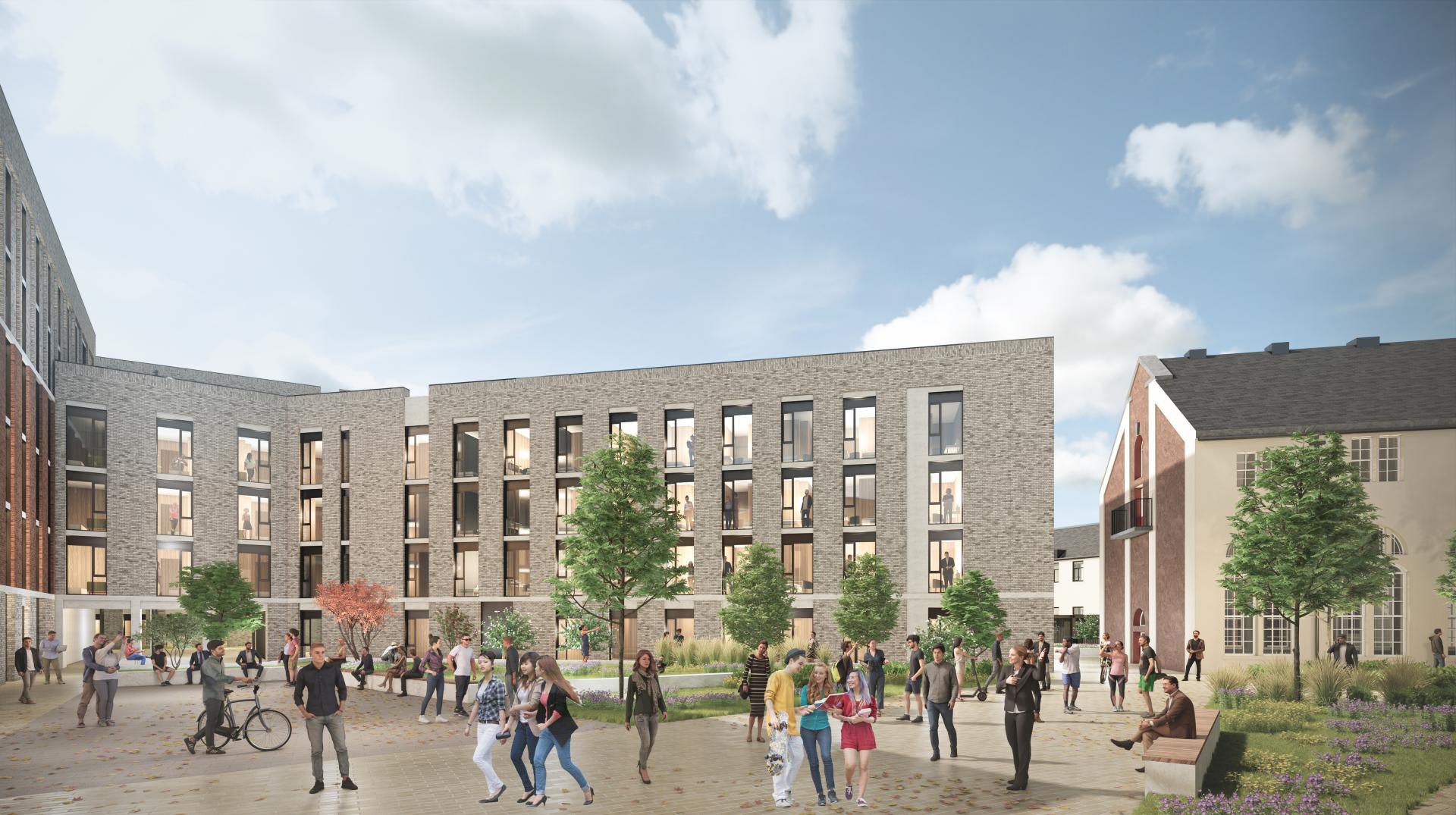
Tynecastle PBSA
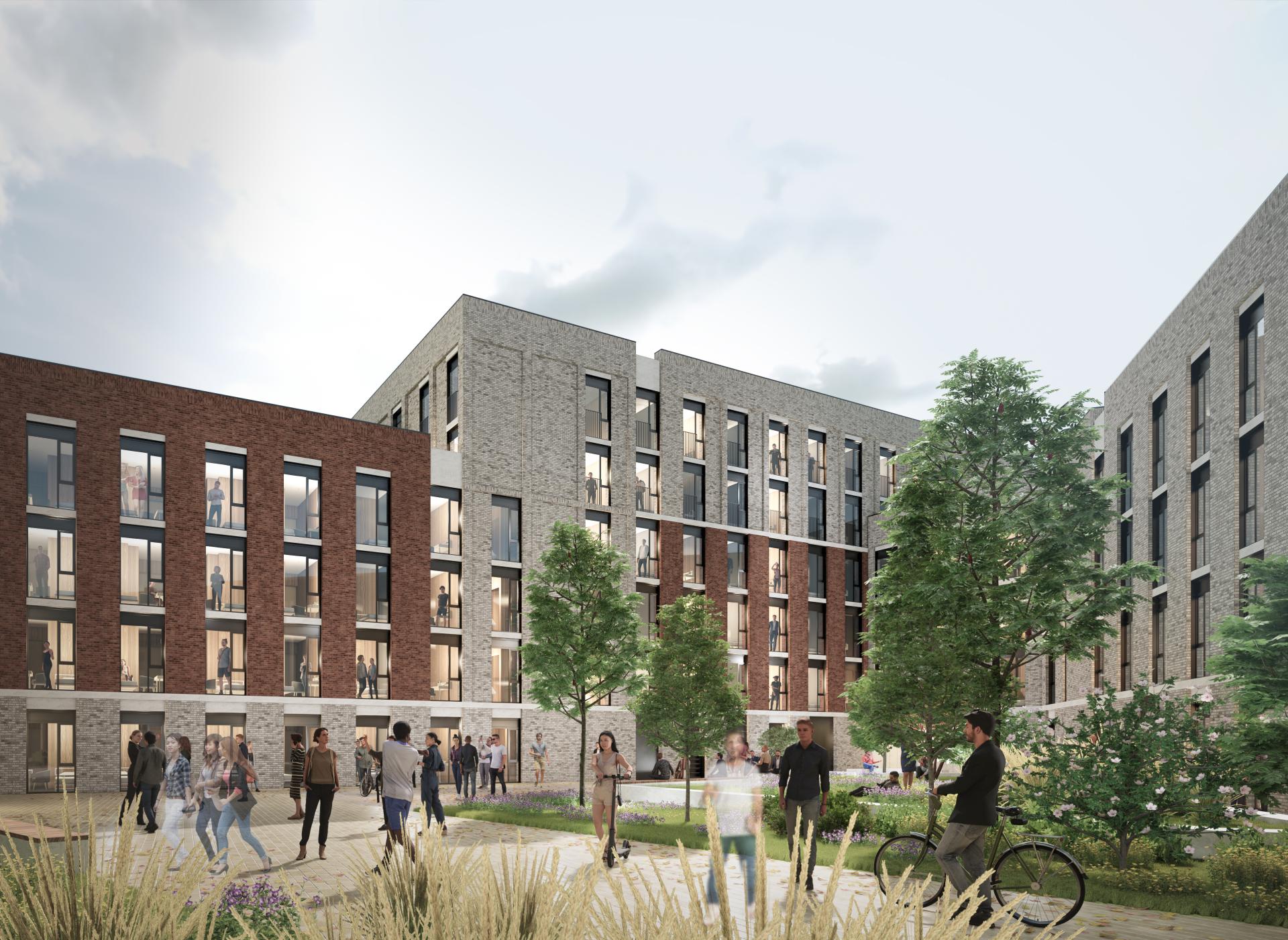
Tynecastle PBSA
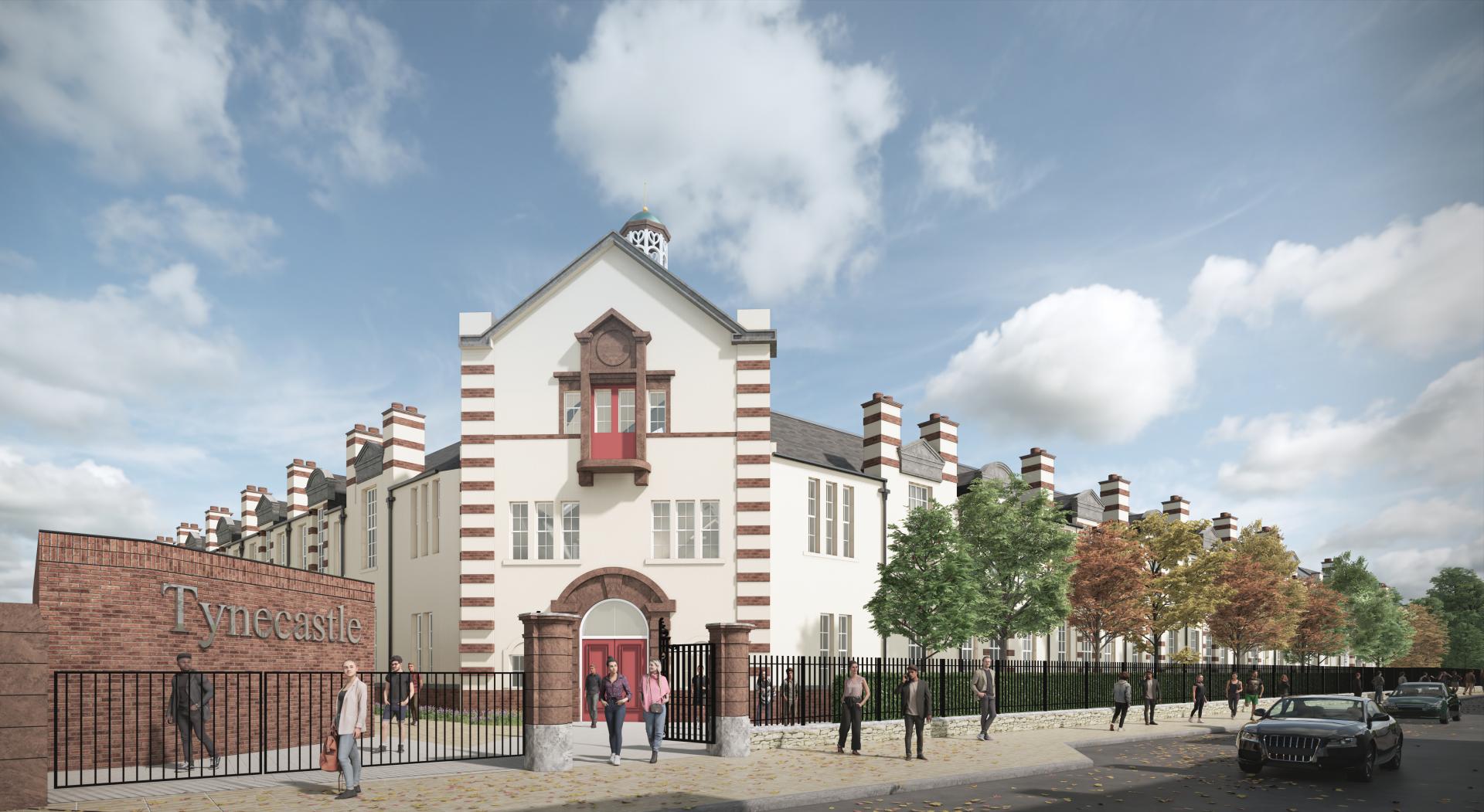
Tynecastle PBSA
What other projects are you working on?
“Personally, I’m working on the former Tynecastle high school in Edinburgh which is a PBSA development that's 473 bedrooms, in collaboration with S1 Developments and the University of Edinburgh.
“We've got a project out in Musselburgh, Wireworks, for Dundas Estates, which is 140 apartments over eight blocks. And we are currently working on New Town Quarter in Edinburgh, which is where one of our largest single developments is going to be. That's a mix of private residential and mid-market rental and PBSA. It's a large development over nine different blocks.
“We’ve also got Haymarket Yards, which is a 152-bed development in Edinburgh, currently on-site. And we've developed Baltic Street, which is another 670 beds down in Leith, So, yes, there's a lot going on.”
PBSA certainly seems to be booming...
“Yes, the transition over a number of years has certainly been towards more student accommodation. We are used to being as commercial and efficient as we possibly can in Scotland and have been talking to developers south of the border about how we can add value to their projects.
“We opened up an office in Manchester last year and PBSA and BTR schemes are something we’re seeing there too. So, it’s looking at how do we feed our knowledge and our portfolio down to that market as well.”
Manchester has embraced these segments as part of its wider economic growth strategy. What are the challenges in Scotland?
“In Scotland there was the political intervention in terms of BTR and the rent rates and that just lead to investor uncertainty for developments up here. We've certainly been working with clients on larger-scale Master Plan sites that included BTR but, unfortunately, just with the way the political environment was and what was coming out, the majority those projects are on hold.
“Now whether, with the shift in leadership locally at the moment, it might be that this changes over the next 18-months. That would be great for construction and the built environment, especially in the housing sector. We just need to wait and see how that pans out and what the strategies are going to be.
“With PBSA, if we can provide purpose- built student accommodation it can release the local housing stock back to the local market.
“A lot of the student accommodation that we are involved in is not just accommodation, there is amenity space with it as well. It creates a social hub for students and we're working on one at the moment that includes a young enterprise workspace within the student accommodation. So, there's a zone for them to develop business ideas to help fuel a work ethic and explore how they can integrate within the professional community.
“From the University’s point of view, it’s creating small collaboration spaces and some small private office provision - it's not anything that they wouldn't provide for social space. They've just changed how they use it. It's something the University is quite proud to develop.”
Looking at the residential sector in Scotland more broadly, what are your thoughts on the government’s plans?
“The hesitancy in investment in BTR development is certainly something that is not going to help Scotland reach the local or regional targets for the housing sector. Obviously, the last three or four years has been different for everyone. In terms of Covid, Ukraine, material prices….it has created a hesitancy across the sector with significant increase in costs.
“One of our directors and I were at the Scottish Property Federation annual conference back in May, and the general consensus within the industry was that this [lack of BTR] is failing the housing market for Scotland. But with interest rates changing, market pressures, and a bit more stability, things are starting to move forward again, which is good.”
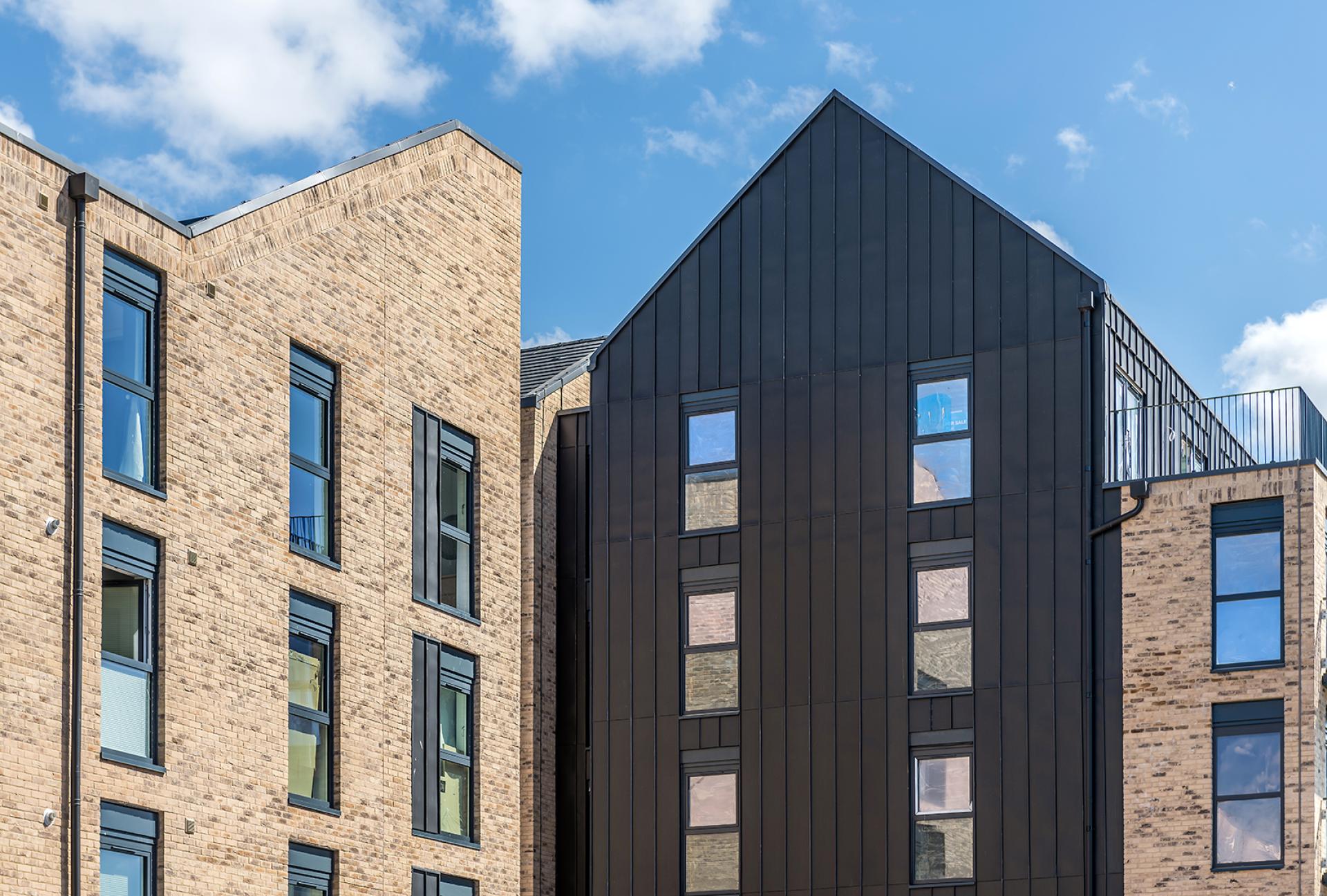
Wireworks - Credit: Chris Humphreys
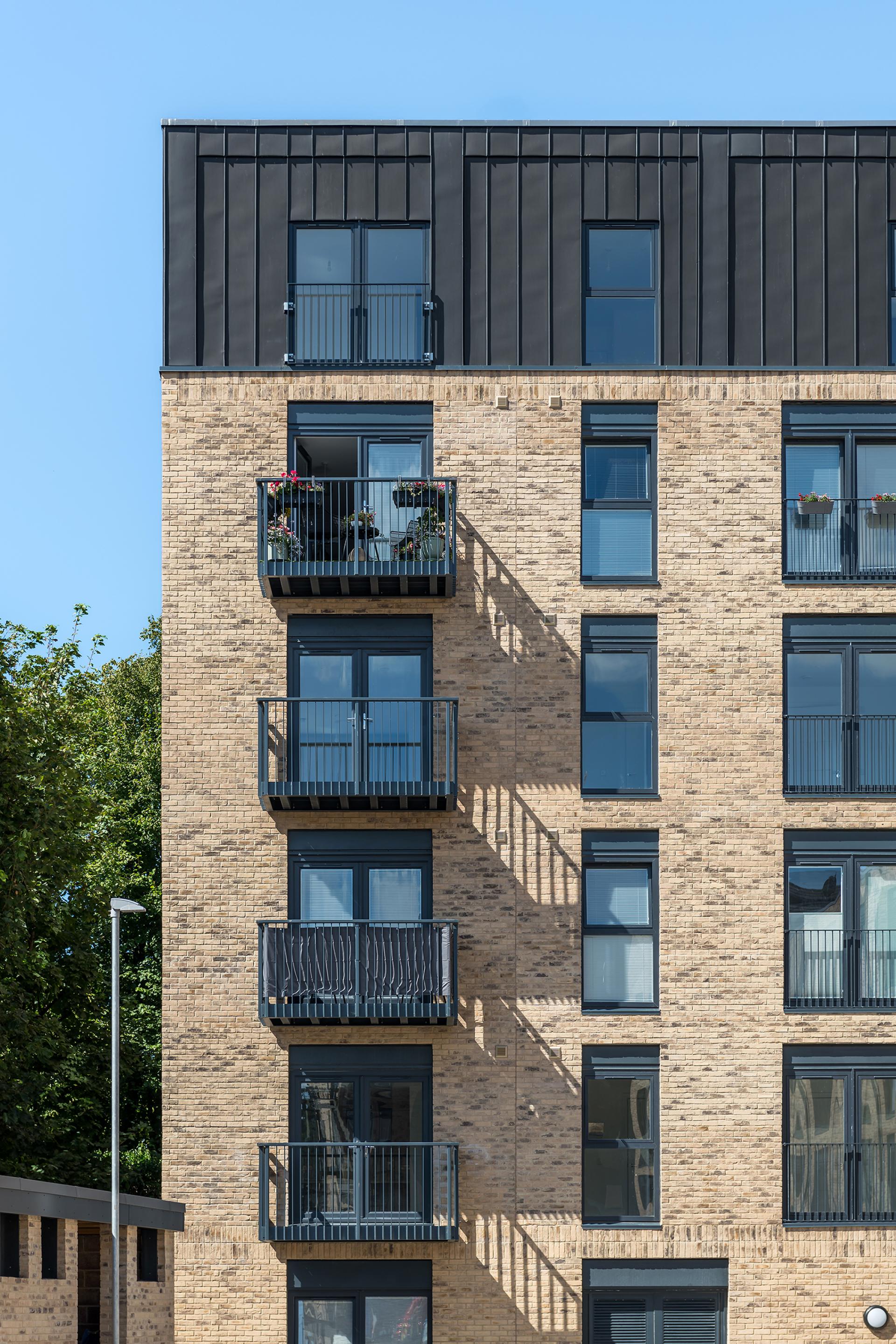
Wireworks - Credit: Chris Humphreys
MLA is 70 this month – Happy Birthday! What’s next in the pipeline?
“Yes, it’s a big milestone for the office. Manchester was just a year-old in June. We’re getting established there and Stevie Leigh the Manchester director and her team down there have done an amazing job delivering excellent projects and establishing MLA. We’ve won some great work in Manchester, Leeds and Liverpool over the last year.
“In terms of Scottish work, I sit within the government working group for the Scottish Property Federation on the Passive House standard. We're involved in developing that to be implemented next year and it will aim to provide healthier lower energy homes and buildings.
“In general, we just want to try and focus on sustainability, so we're not just saying ‘we're sustainable in design’ but we’re also backing it up with evidence. That involves looking at more carbon calculations and operational use of energy with clients to demonstrate the designs are working as intended.”
Has this come from an internal drive or are clients wanting to see more of that?
“The primary driver was an internal one, because we know we've got a big influence or we can have a big influence within the industry, and that's not just architects, it's the building industry as a whole, and we are conscious we have to do our part. The only way to do that was to educate and upskill ourselves first. We have been able to demonstrate it to commercial clients who liked what we have done and are now working with them to develop this further.
“We're also gaining commissions for sustainable specific elements, which is great. We're trying to understand how existing buildings operate when we intervene with them and what the benefits are to the client and the built environment.
“We are striving to find a balance between commerciality and sustainability, challenging our clients to make informed decisions, which support our planet and our people.”




